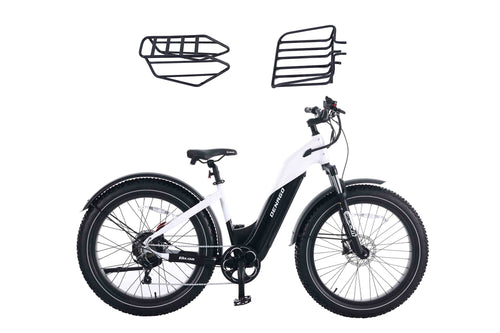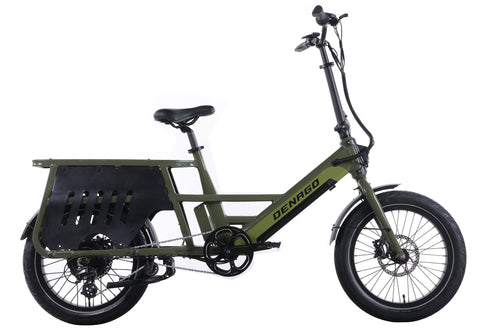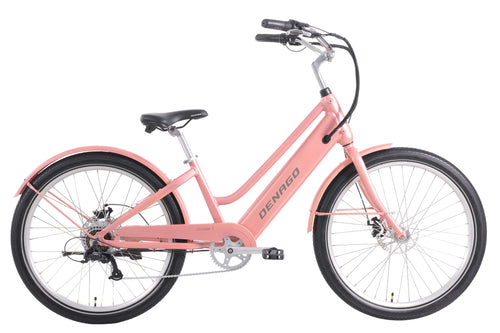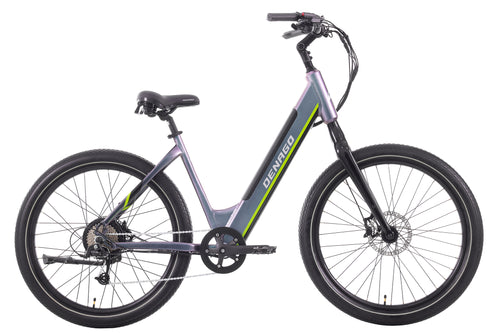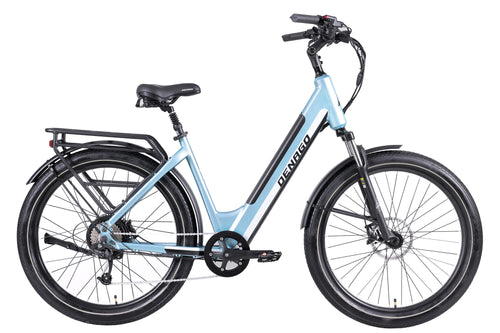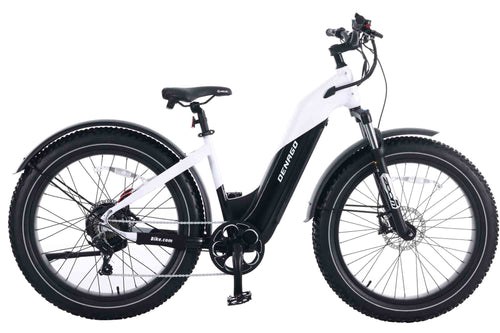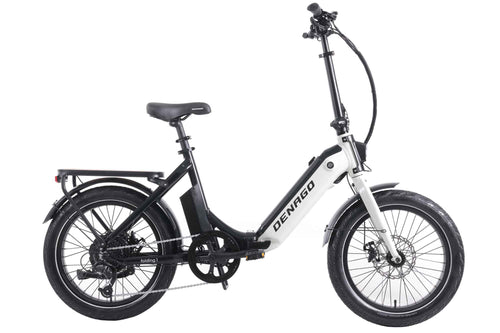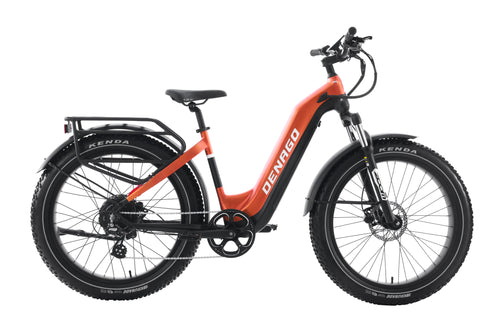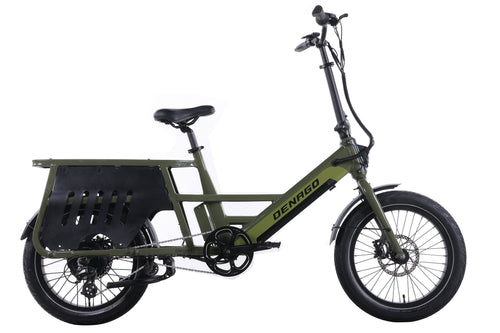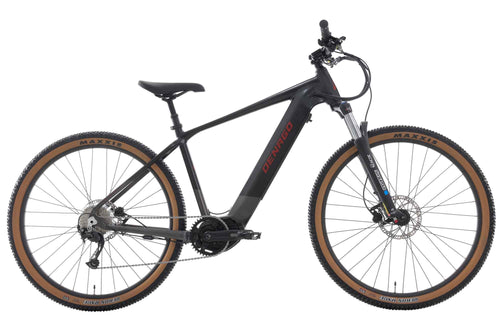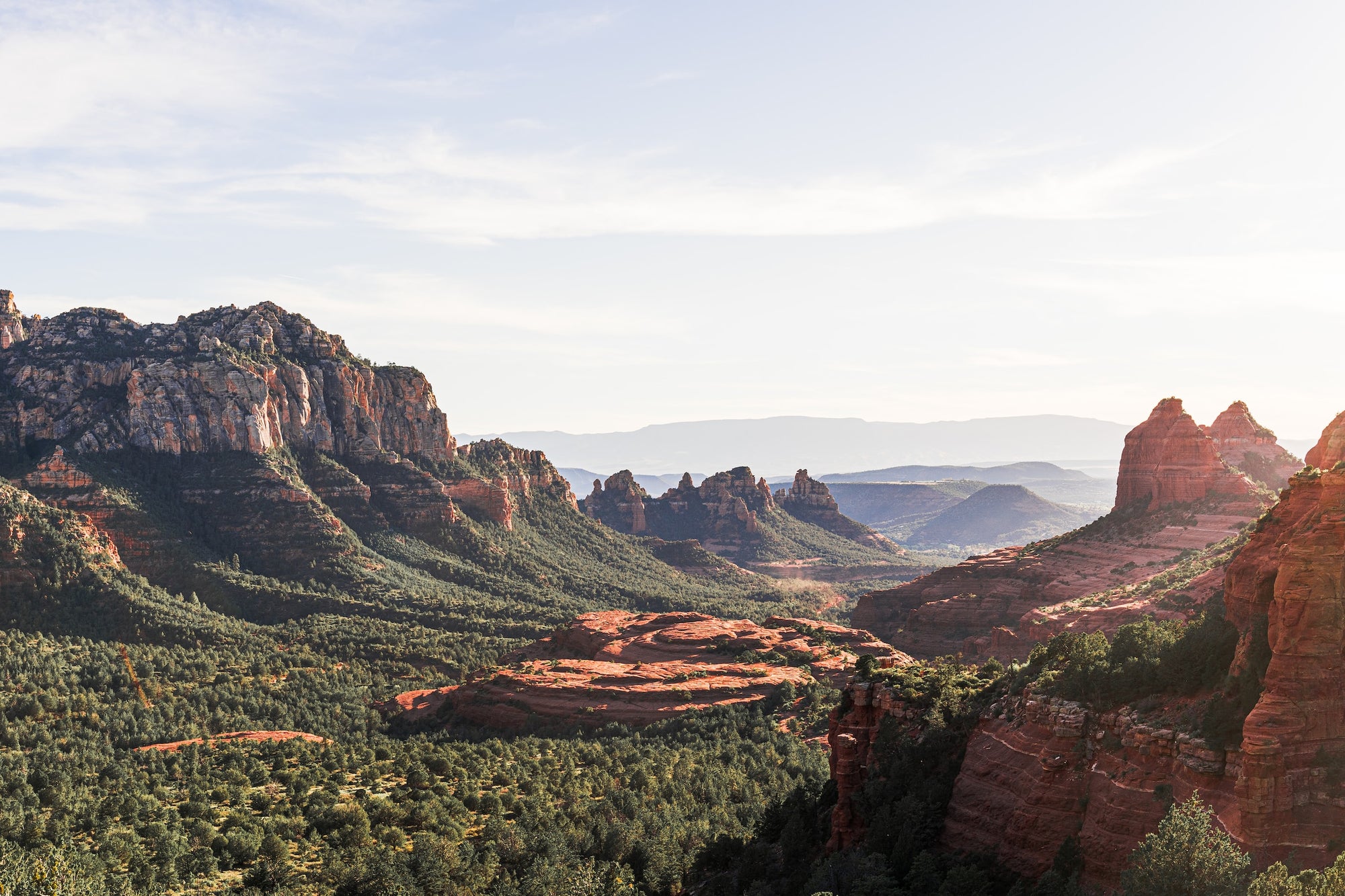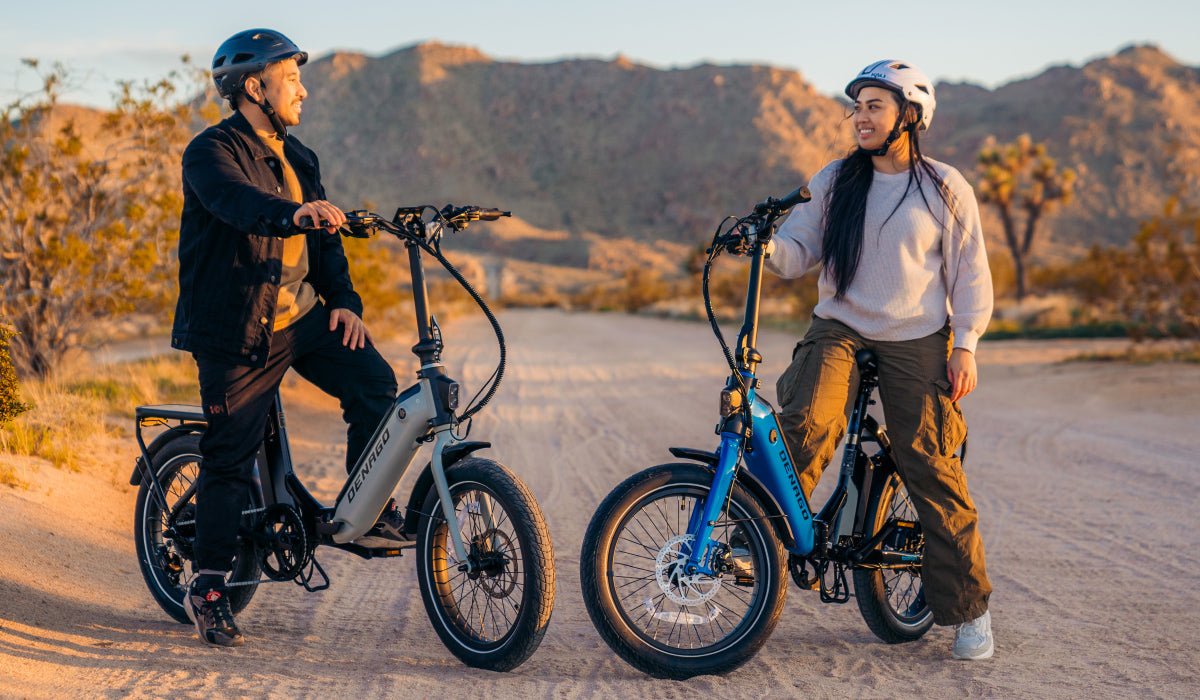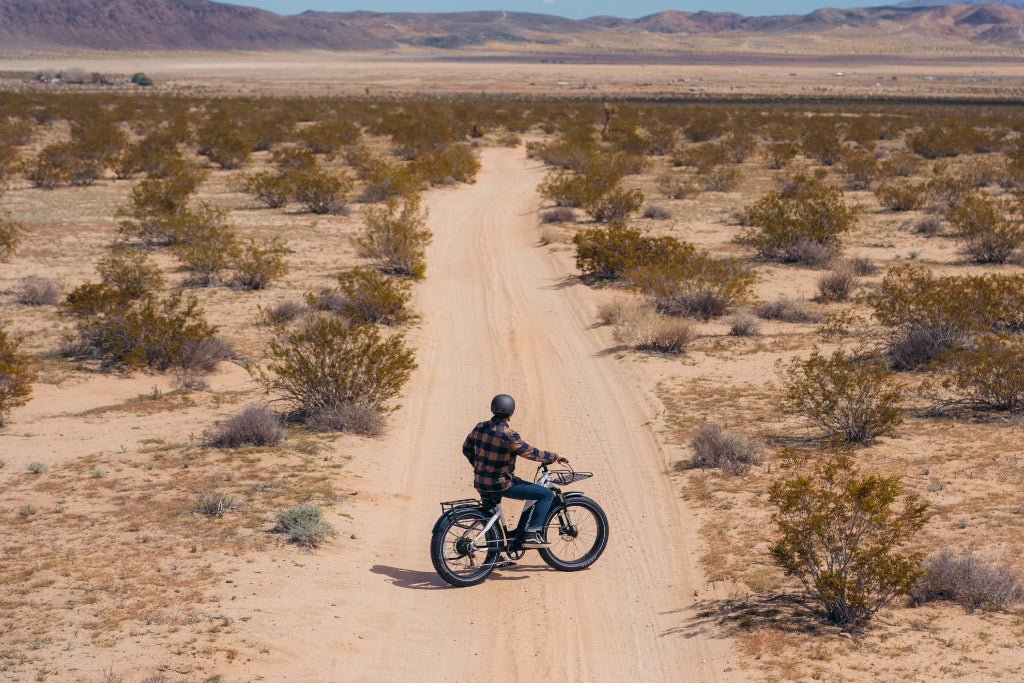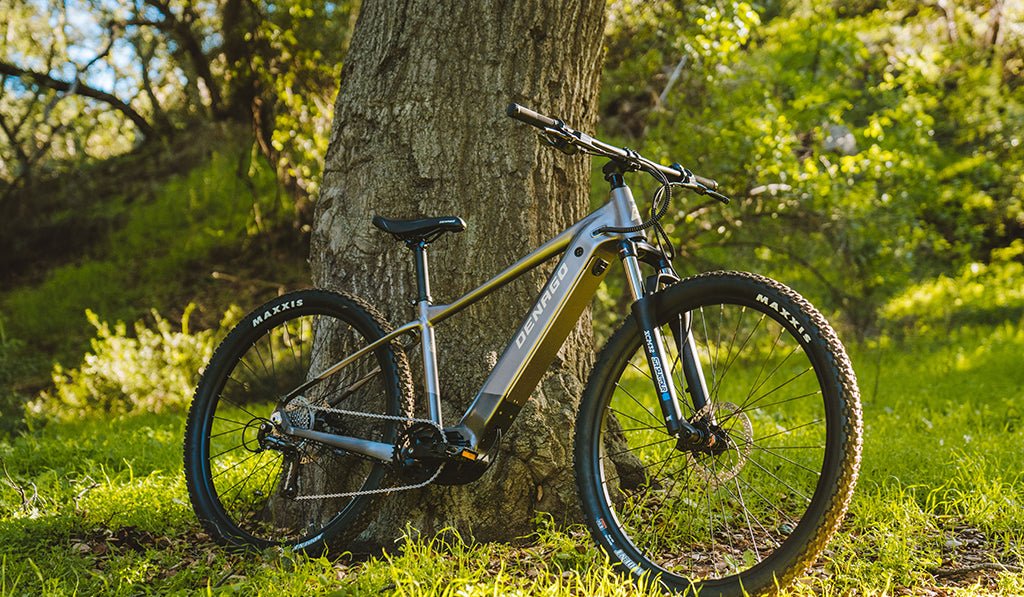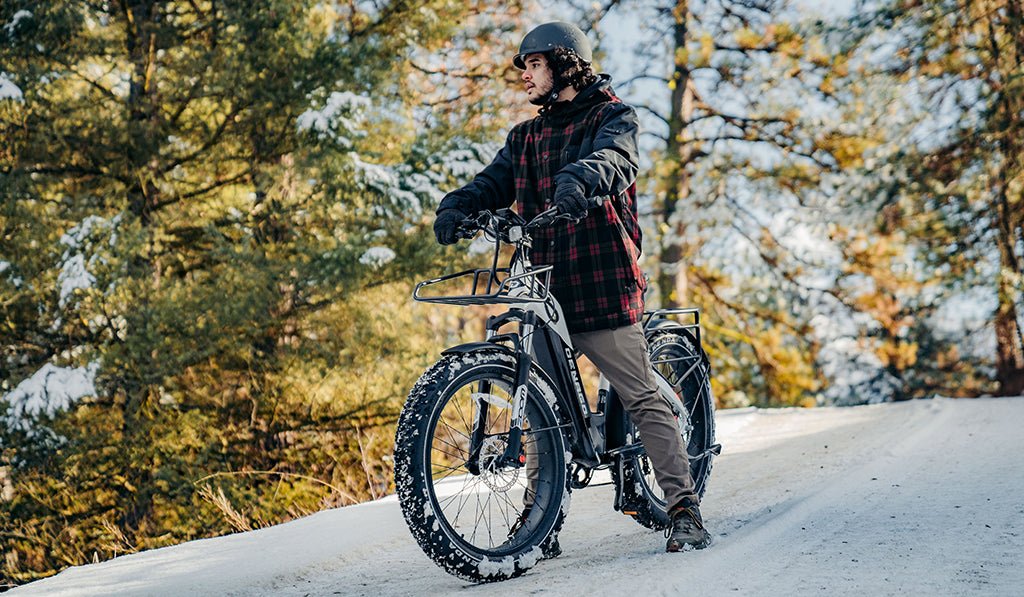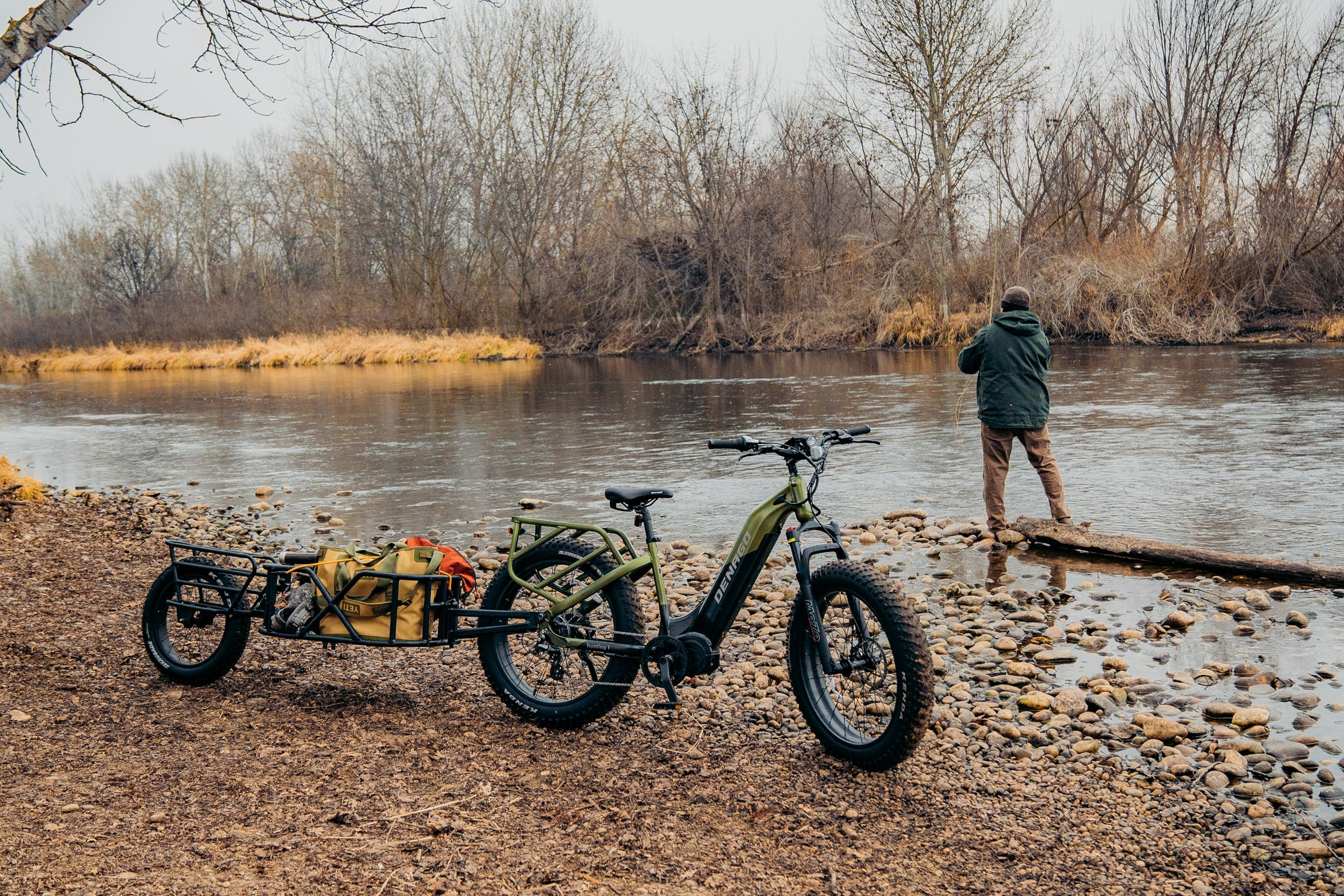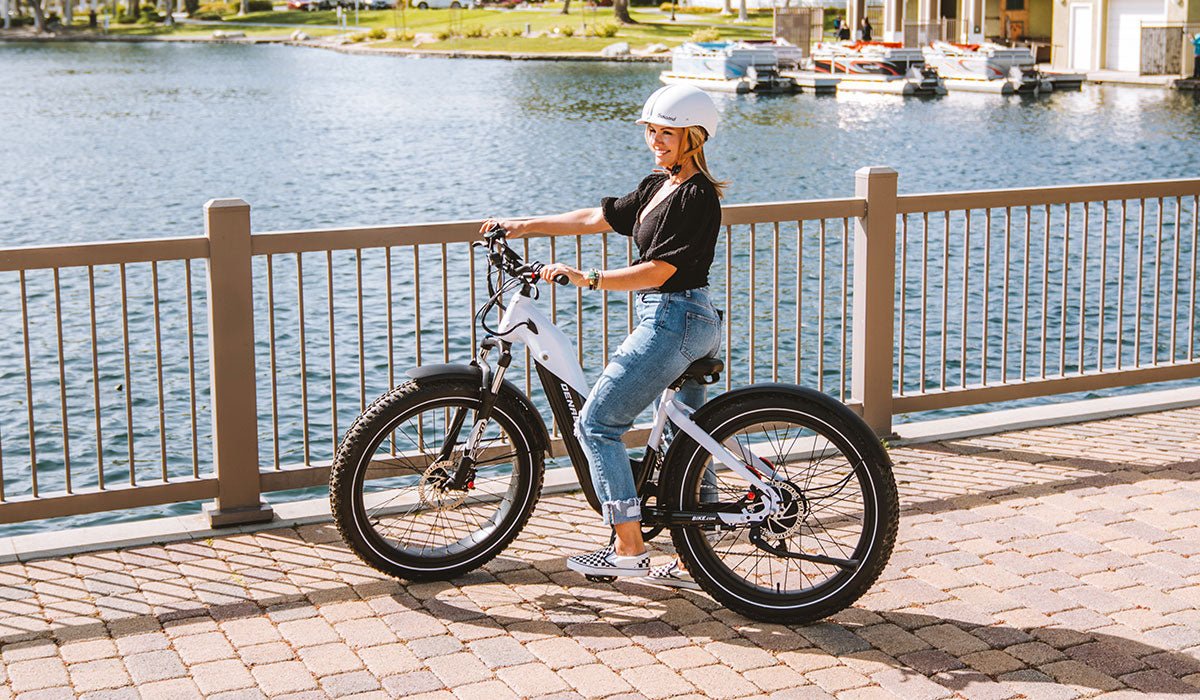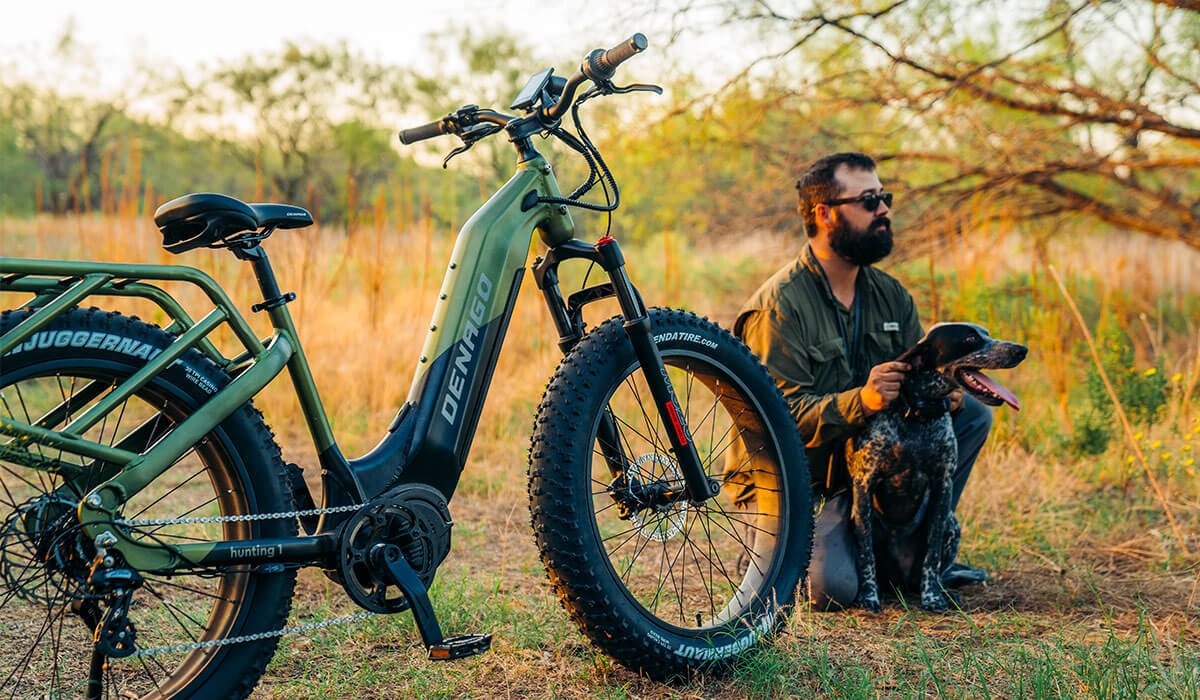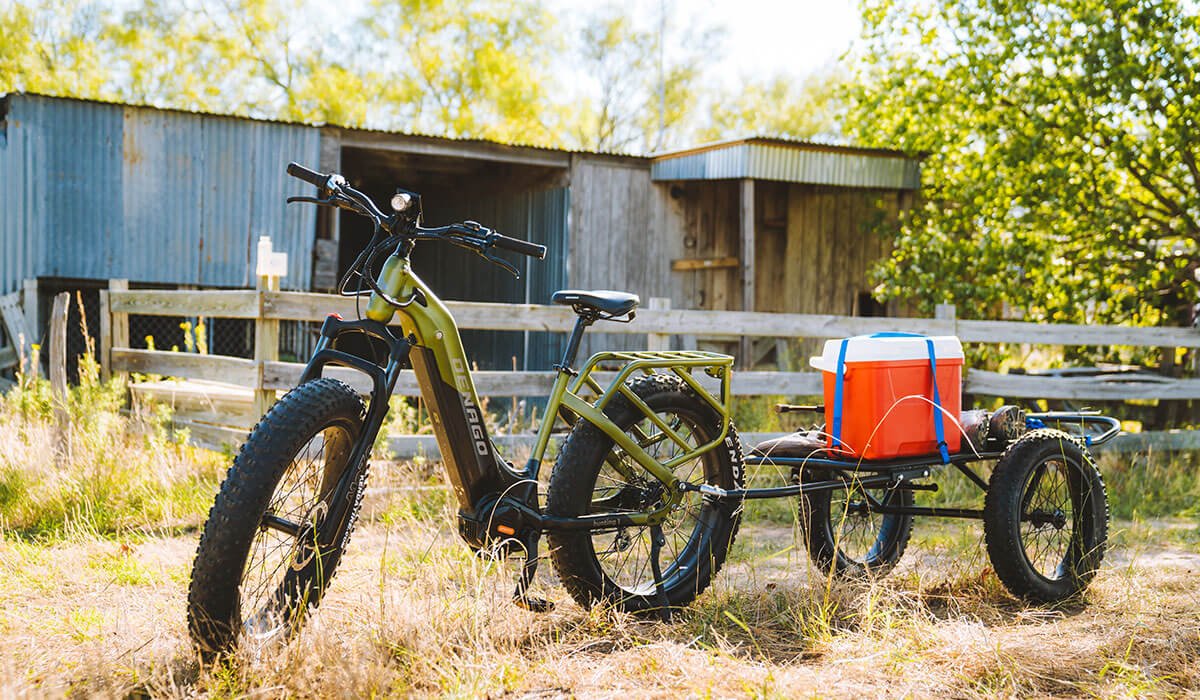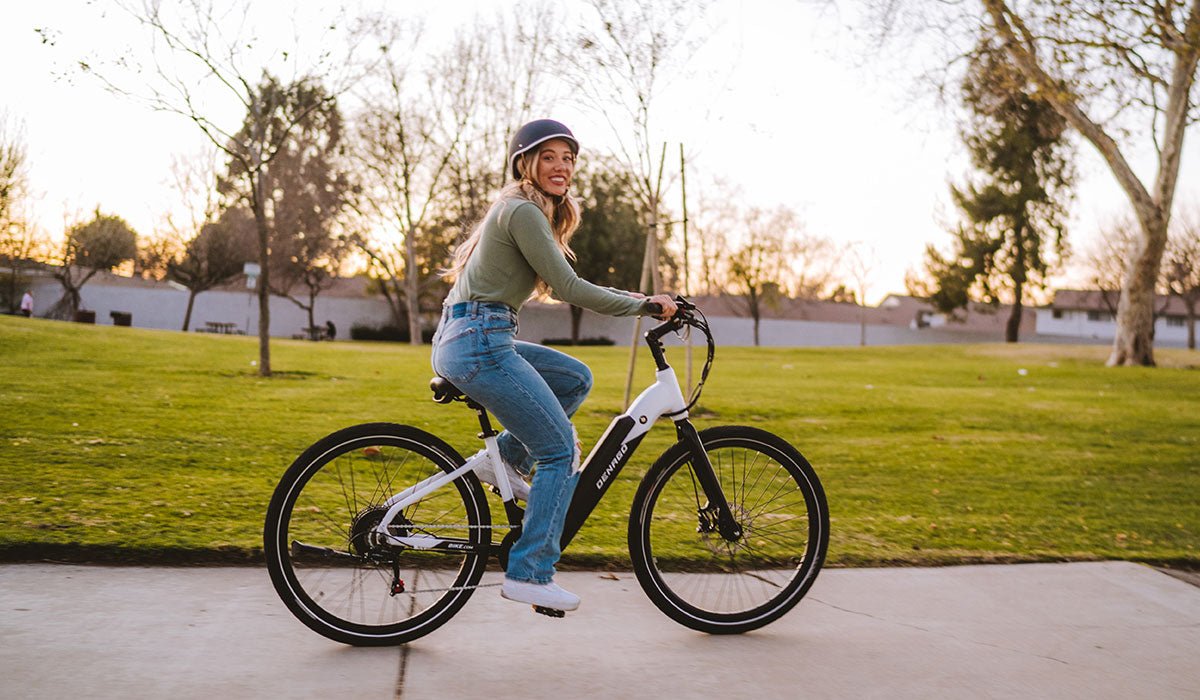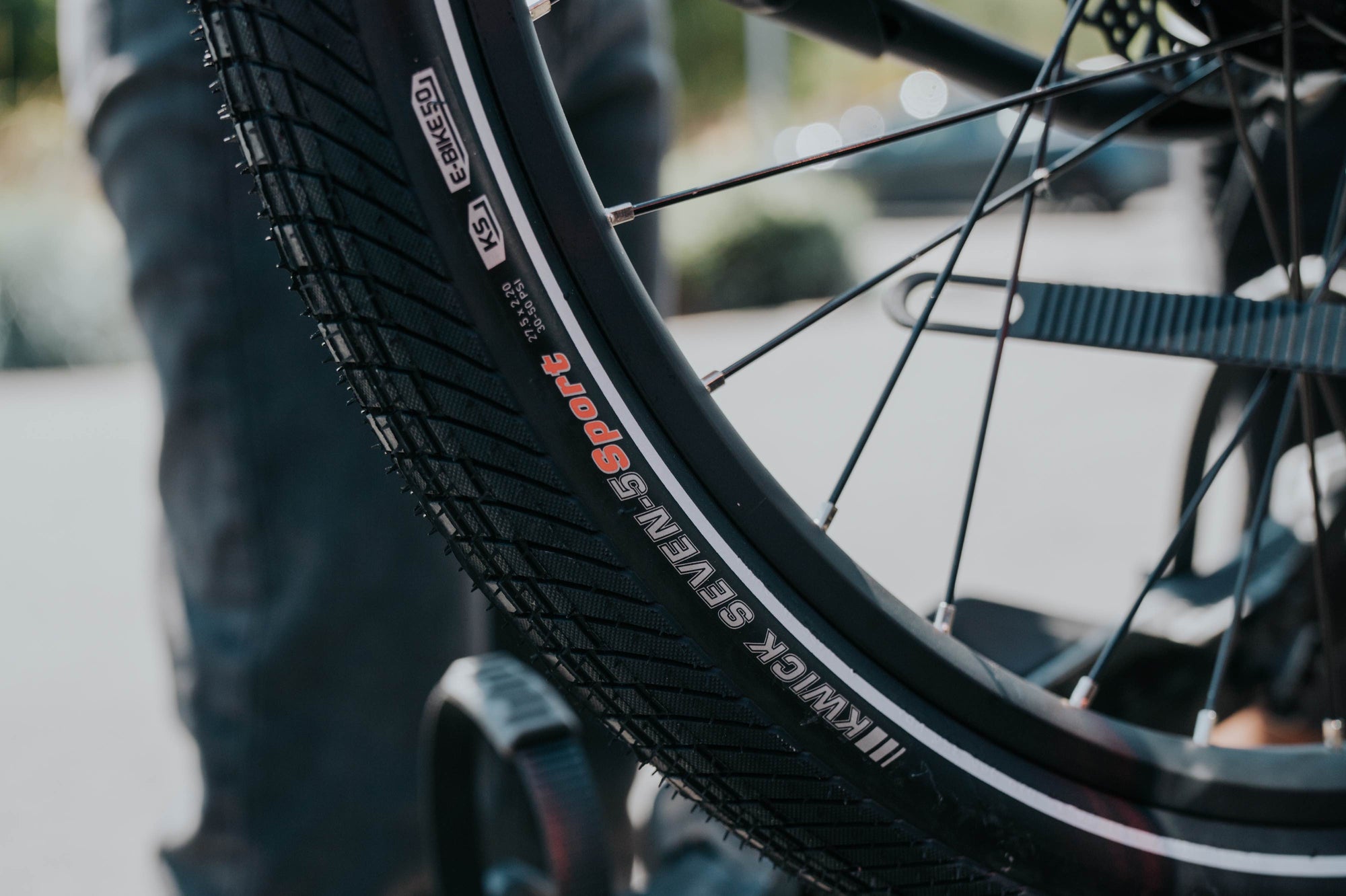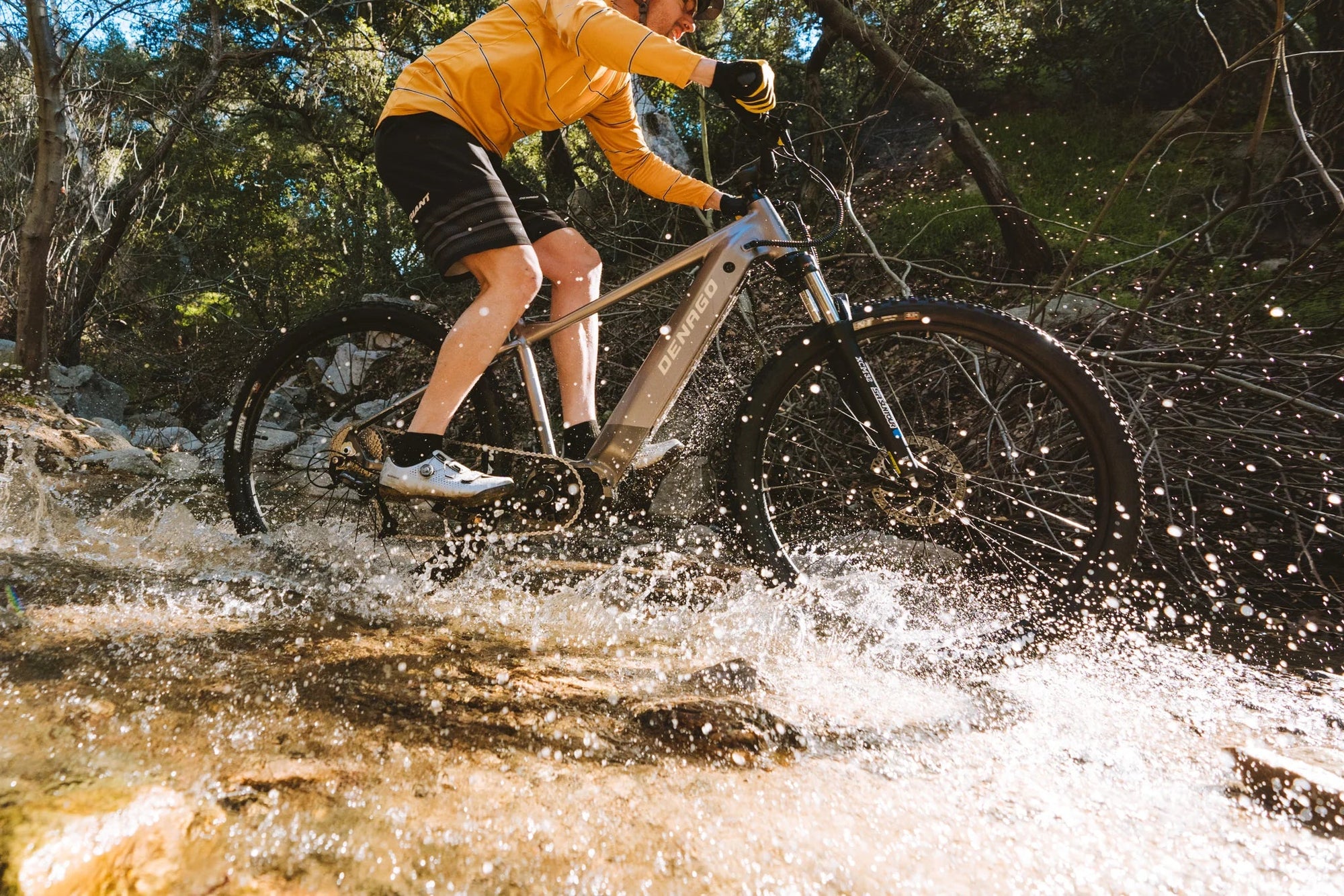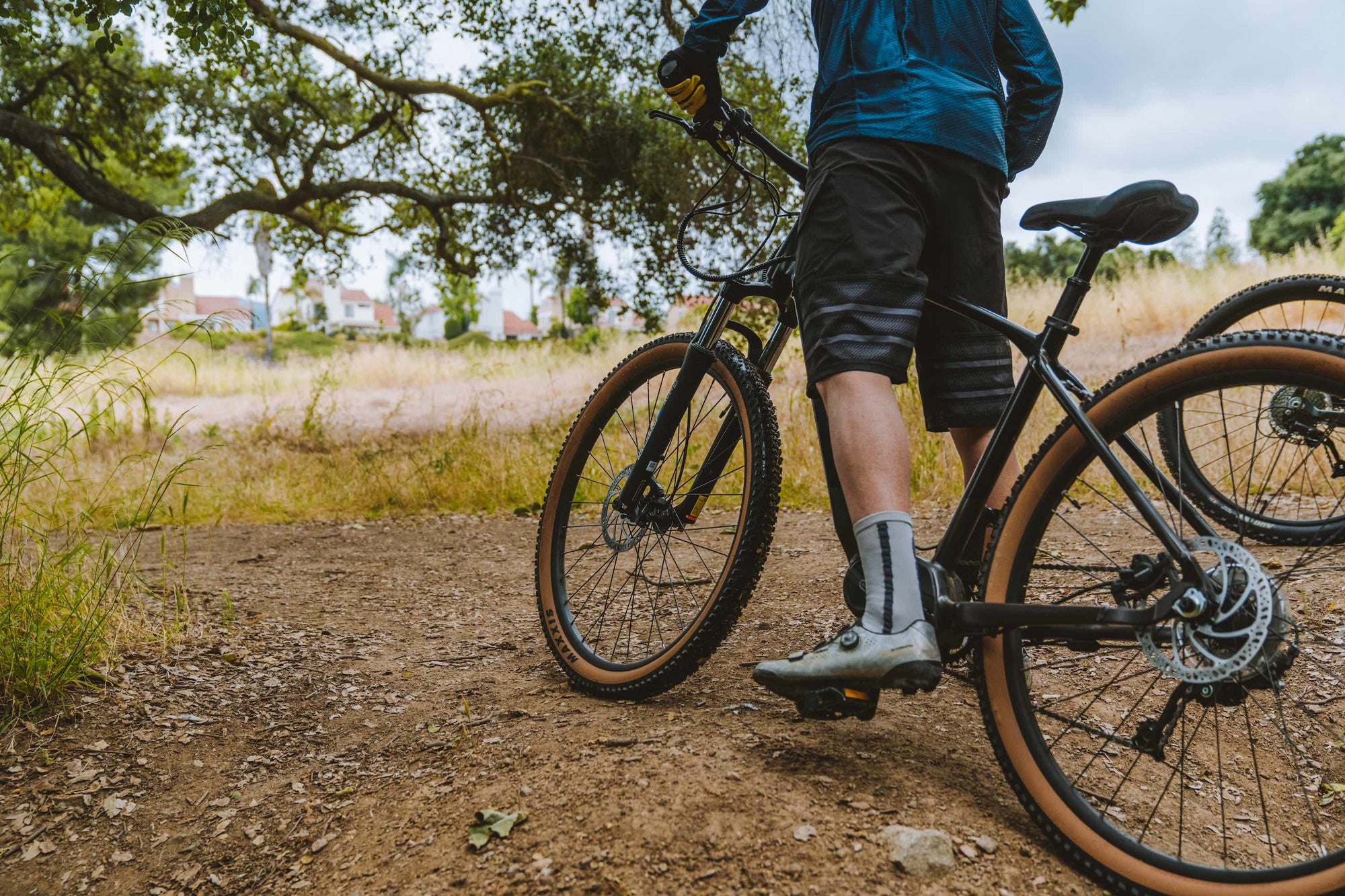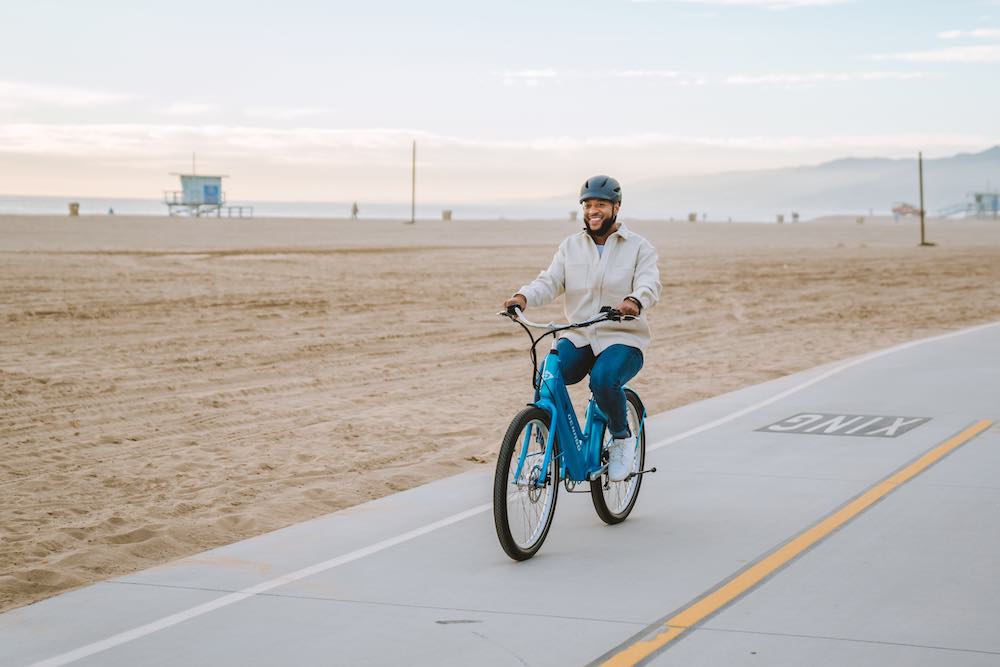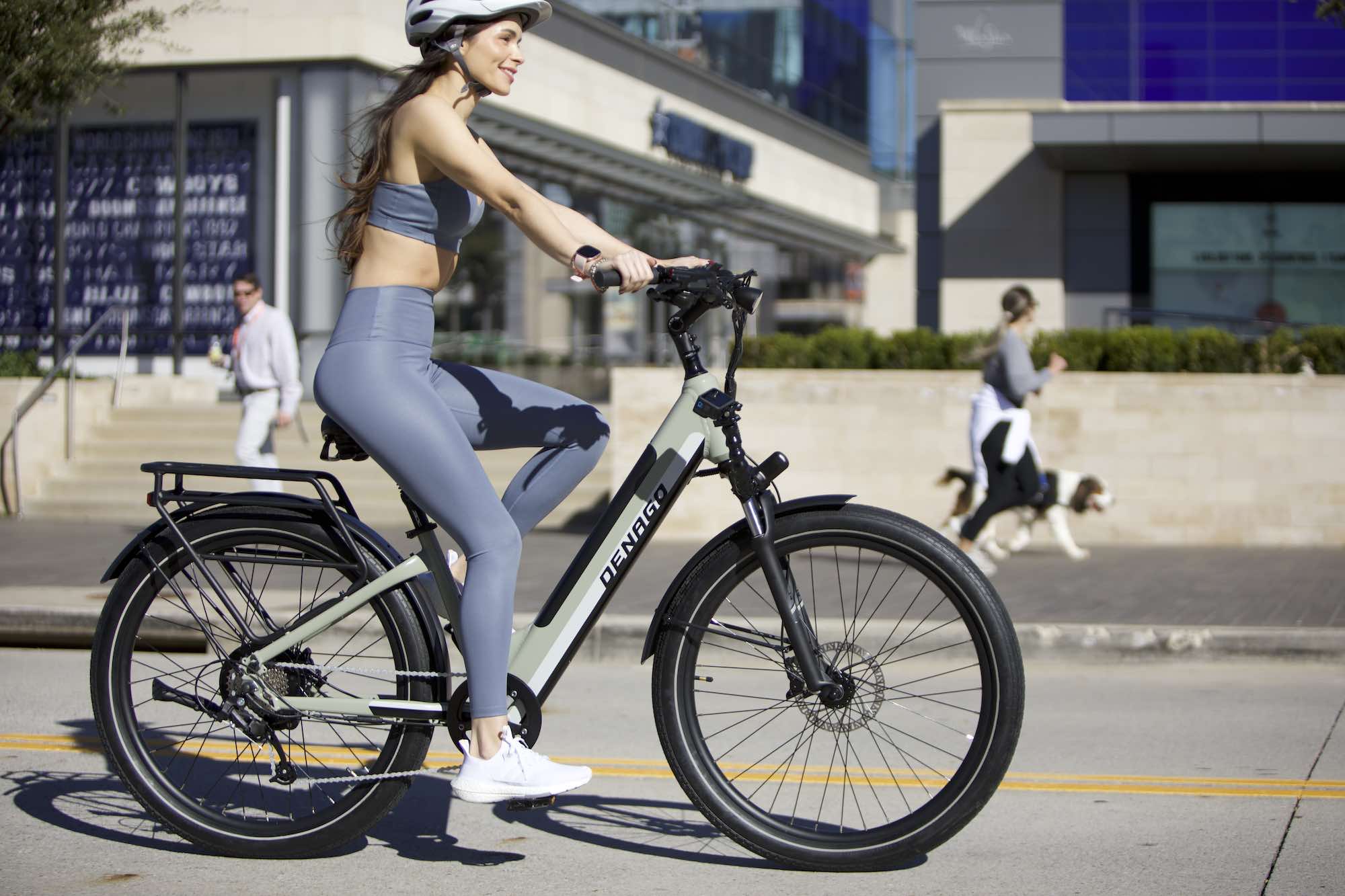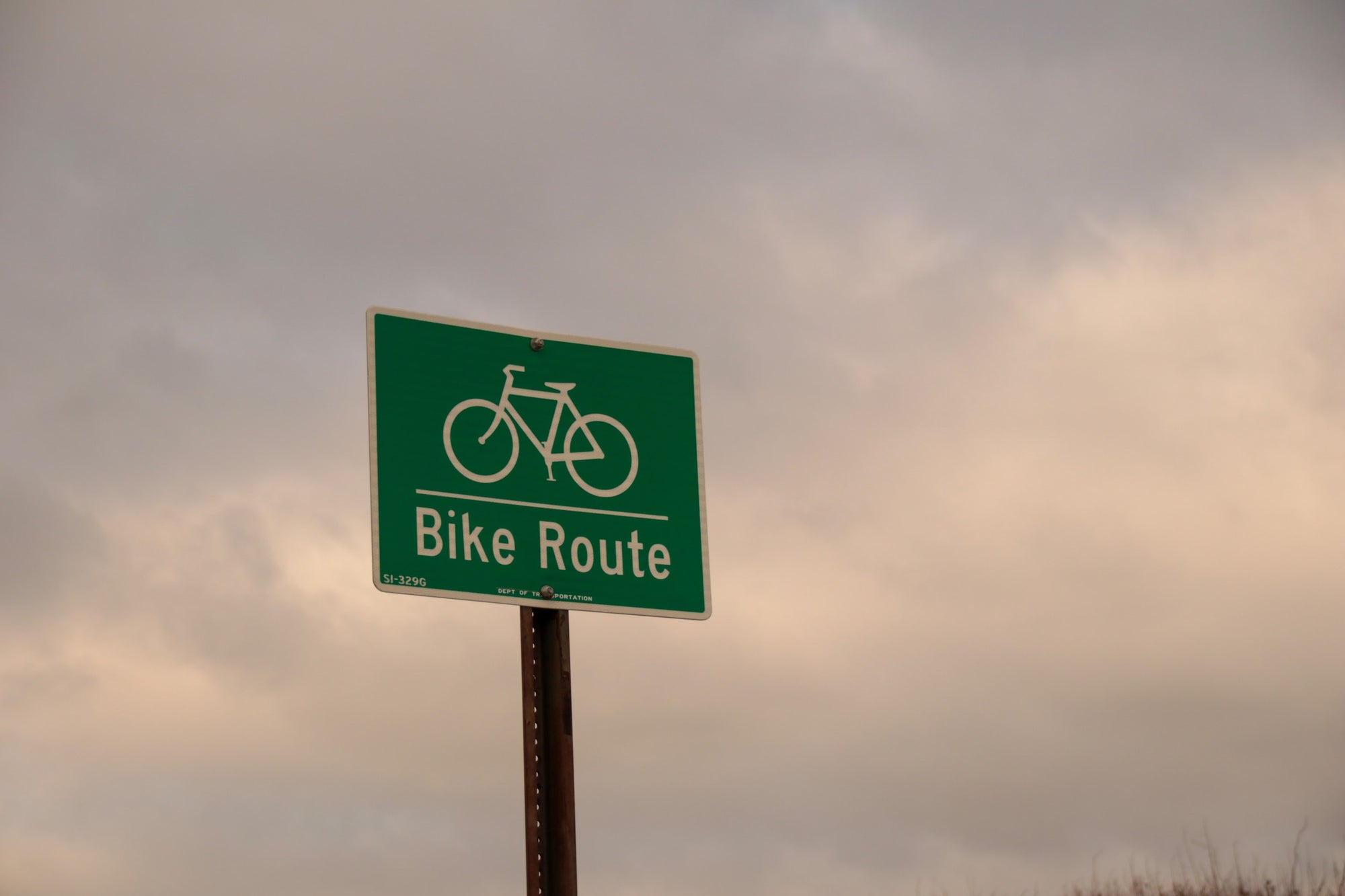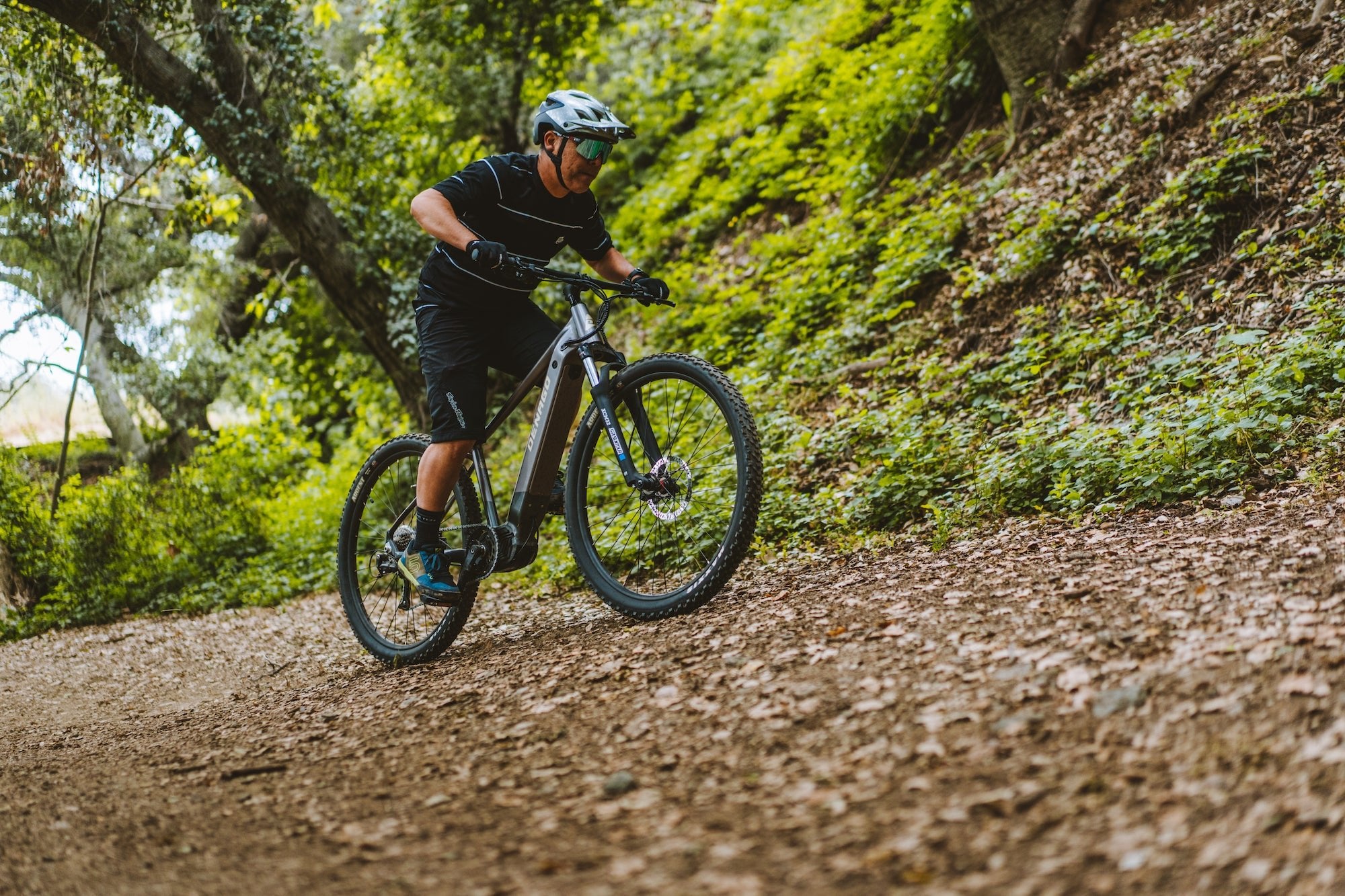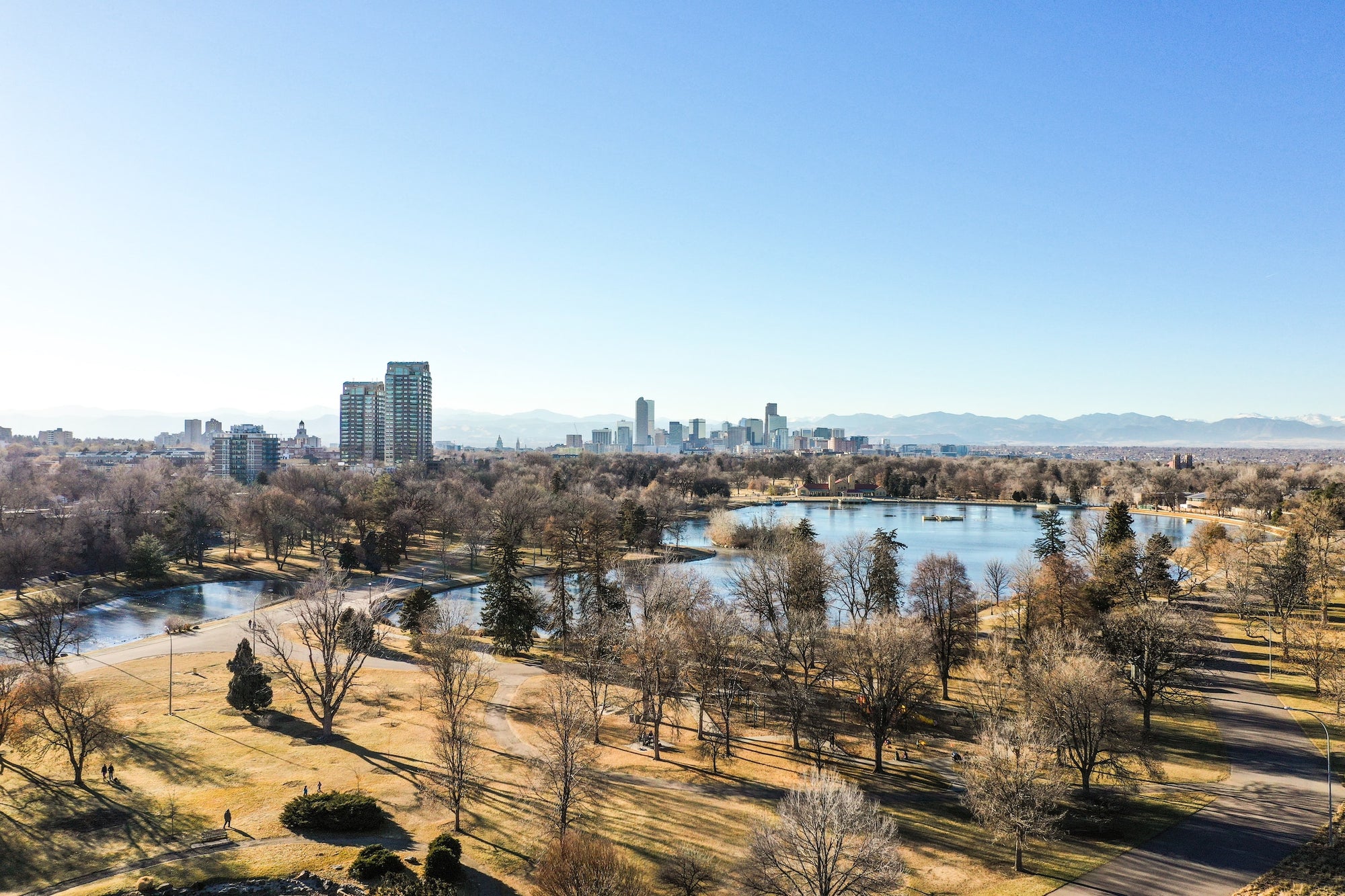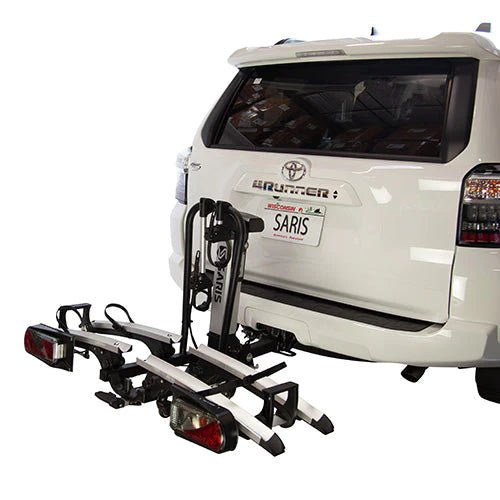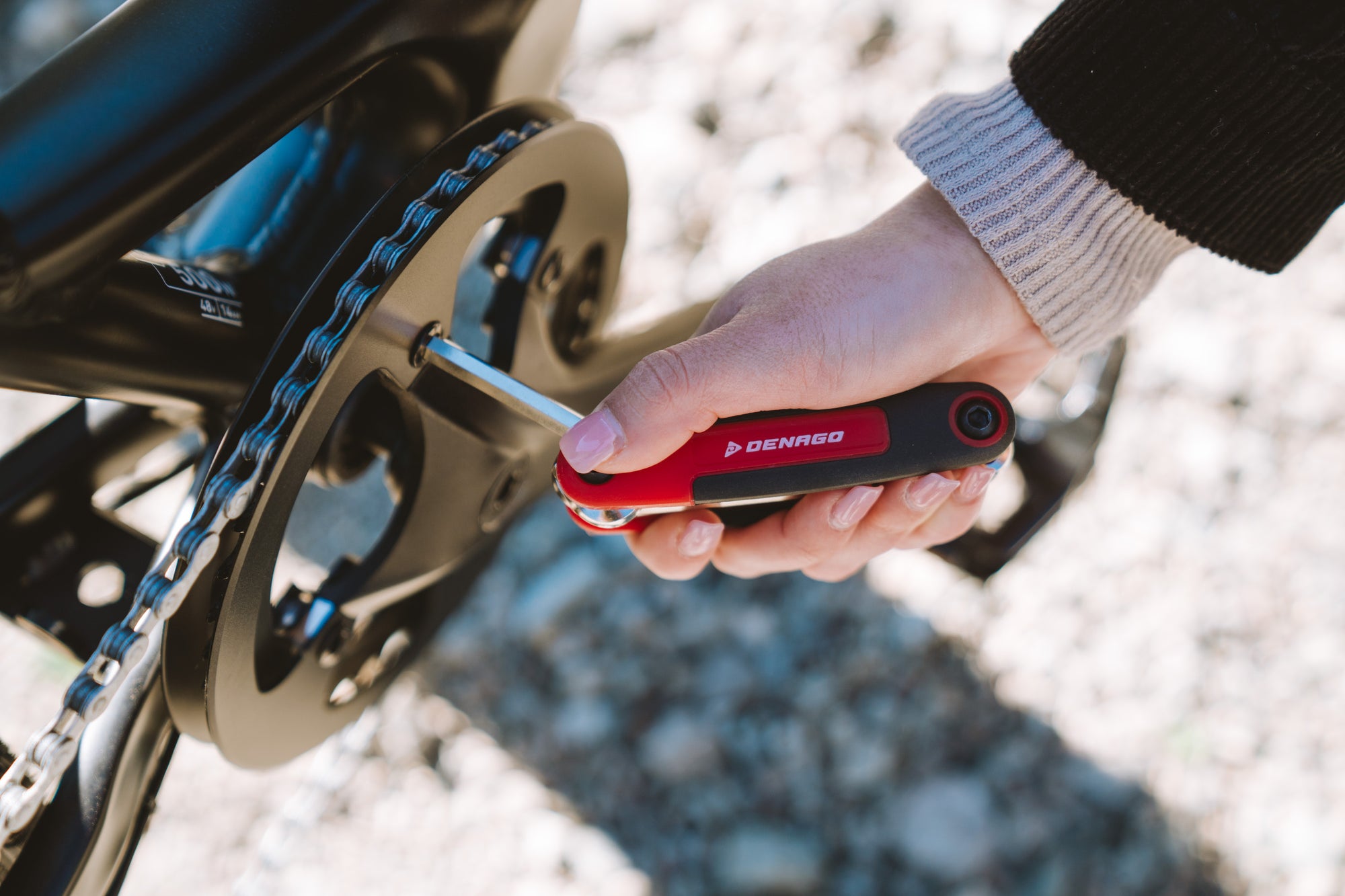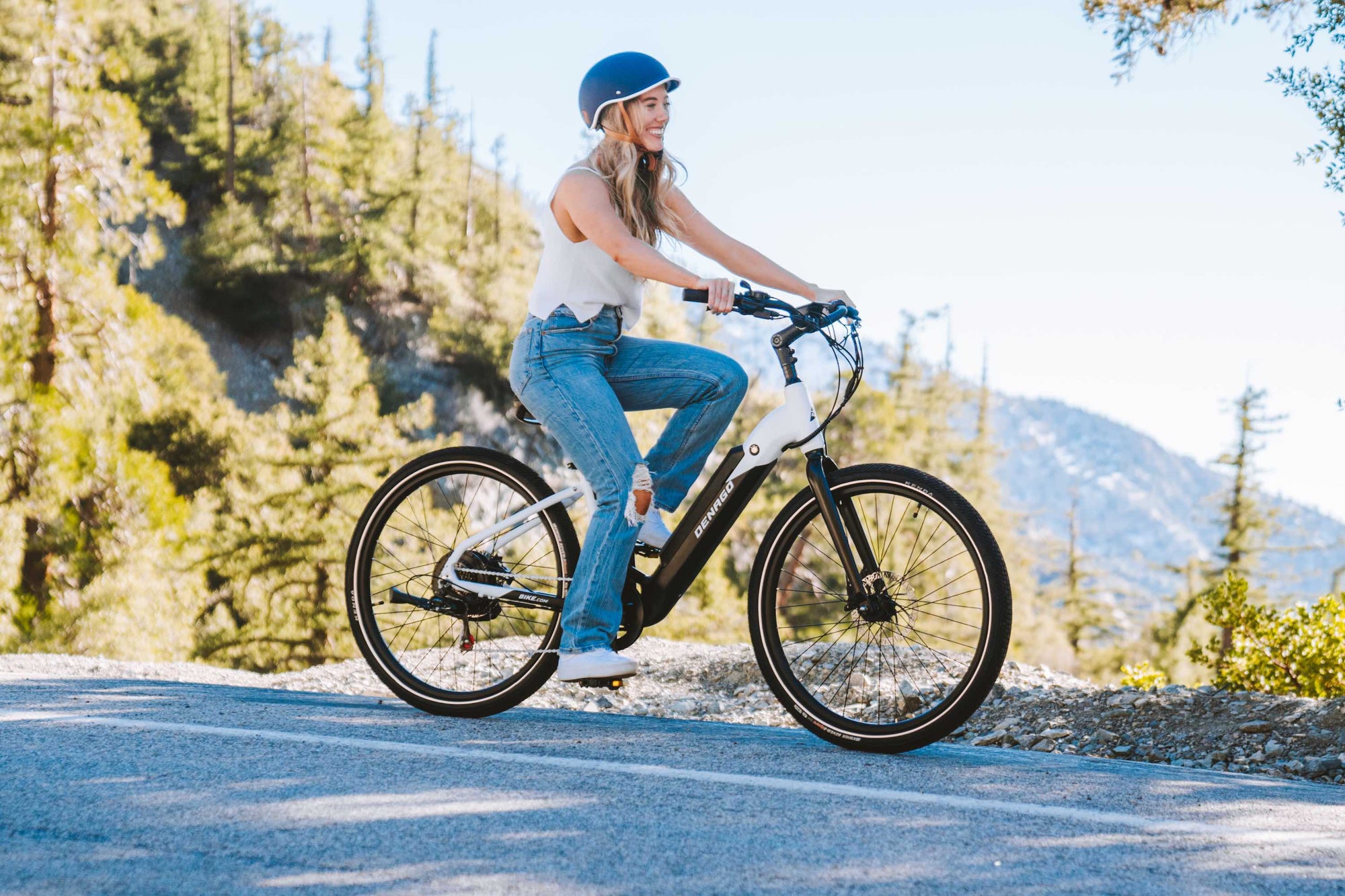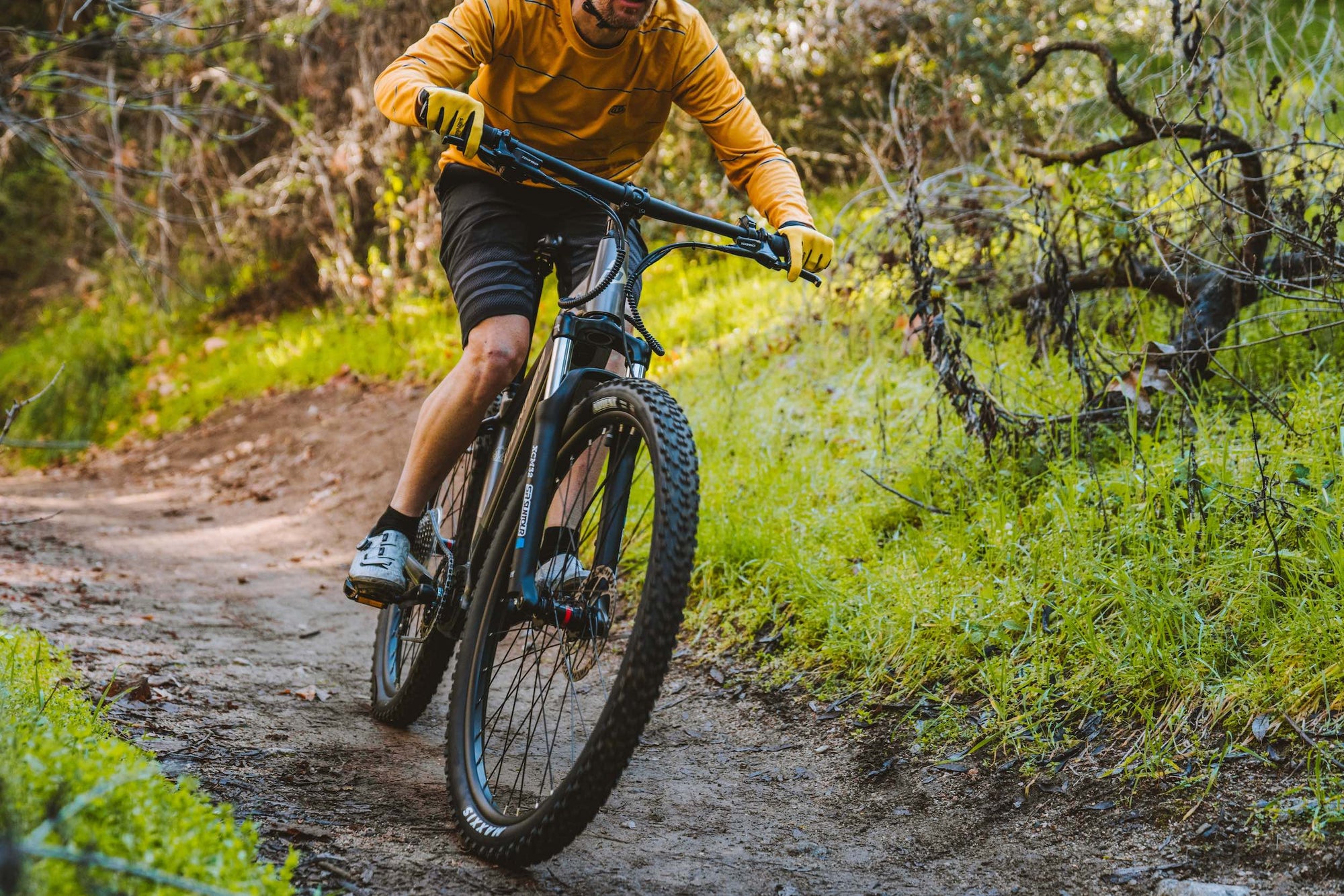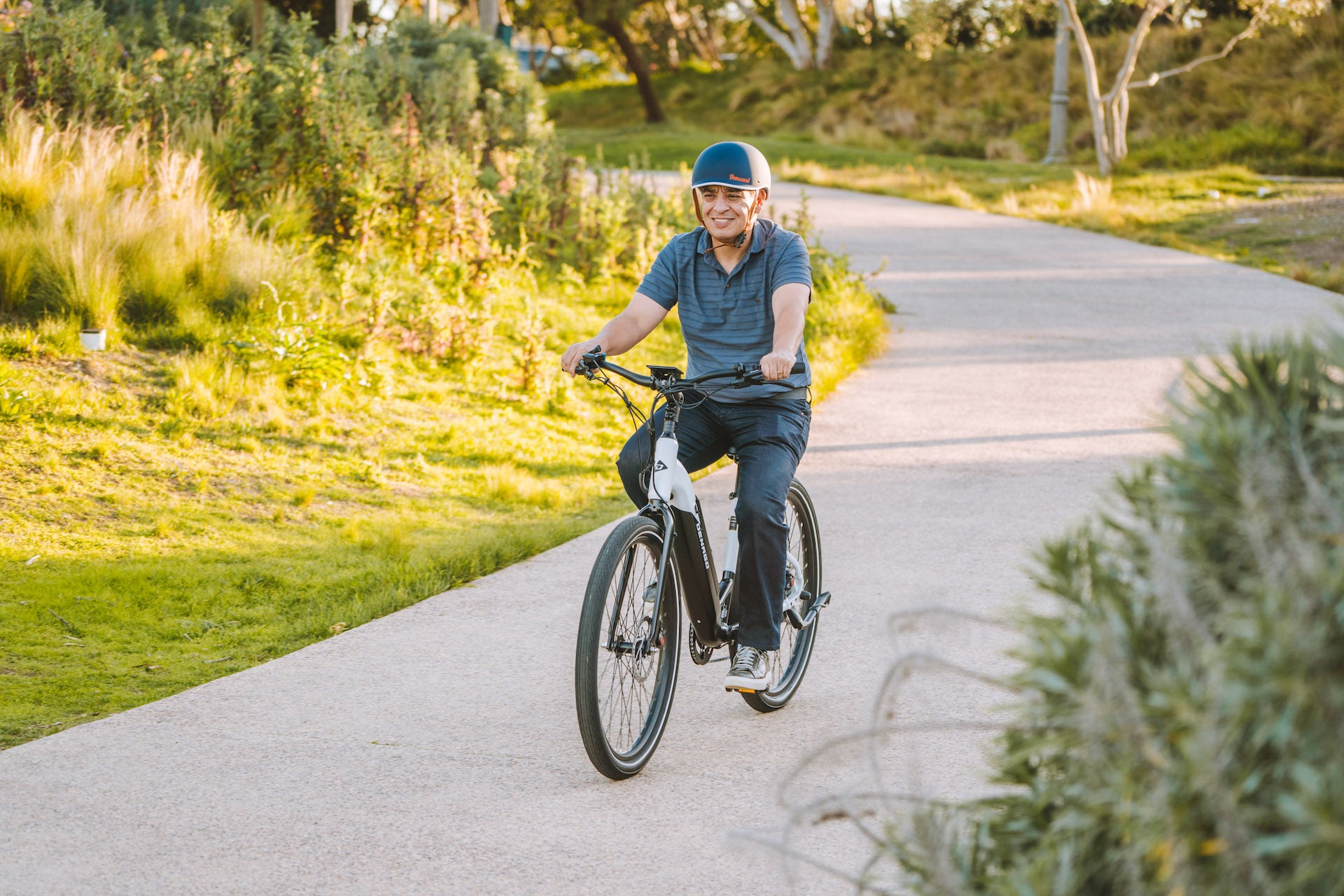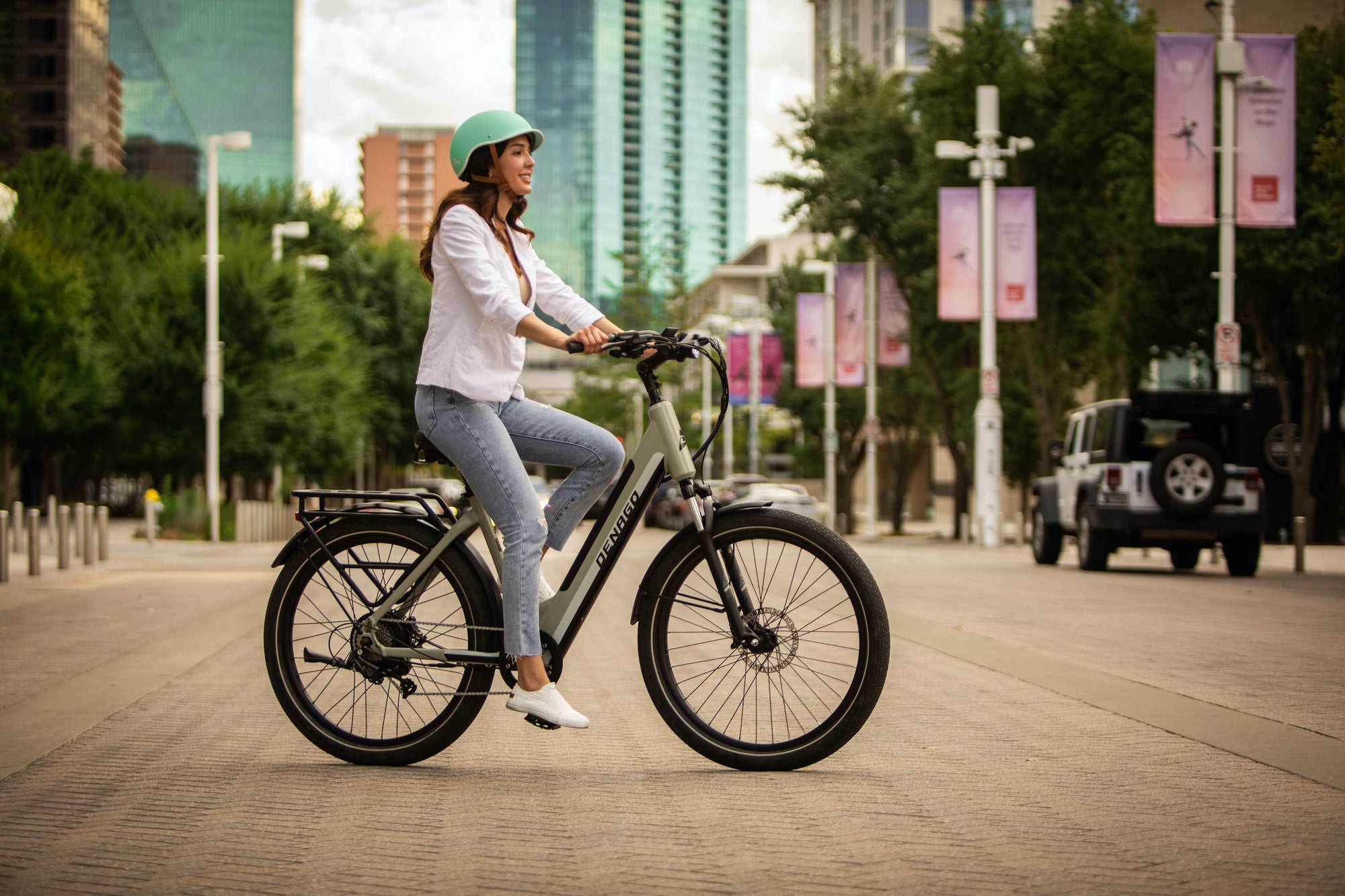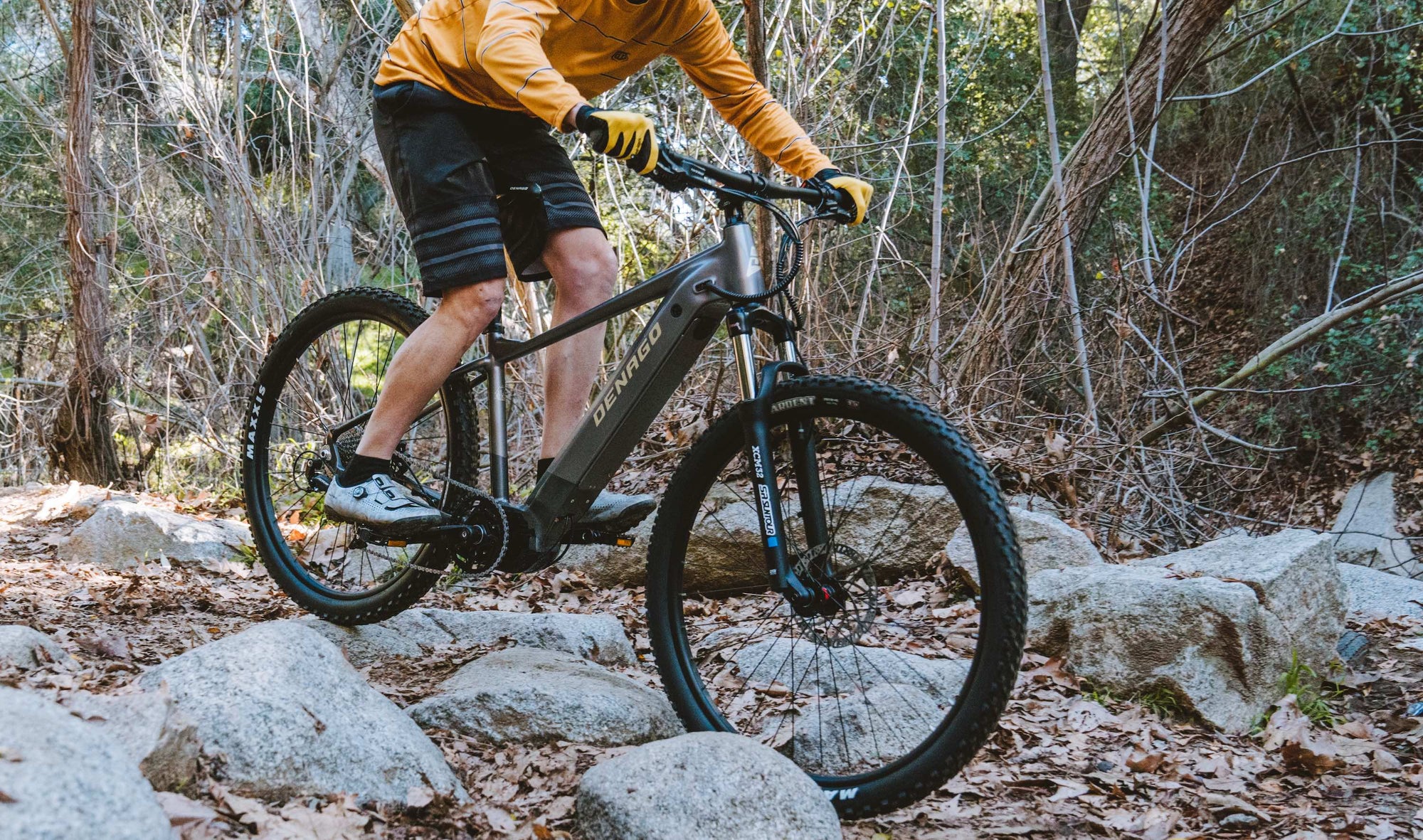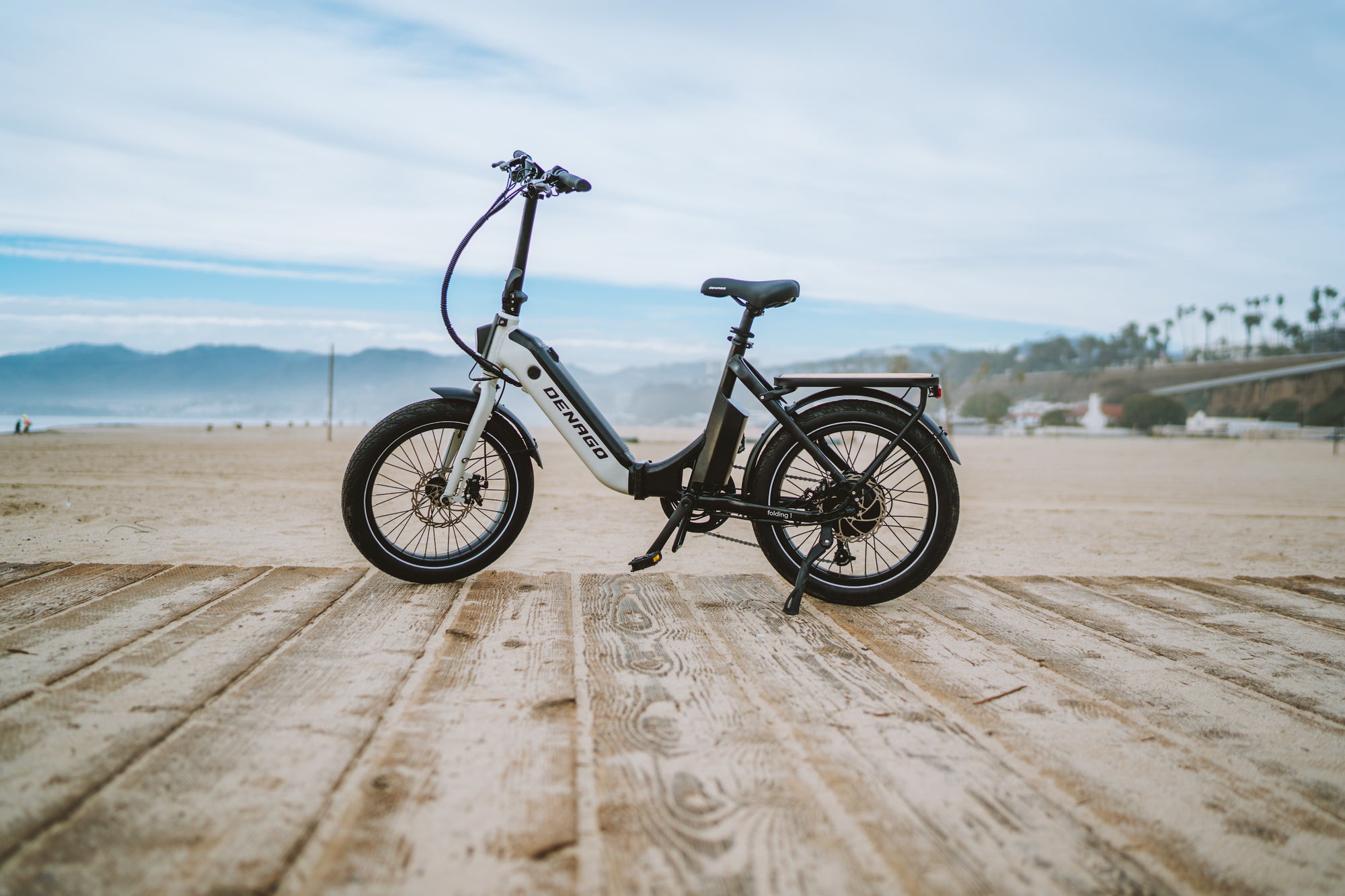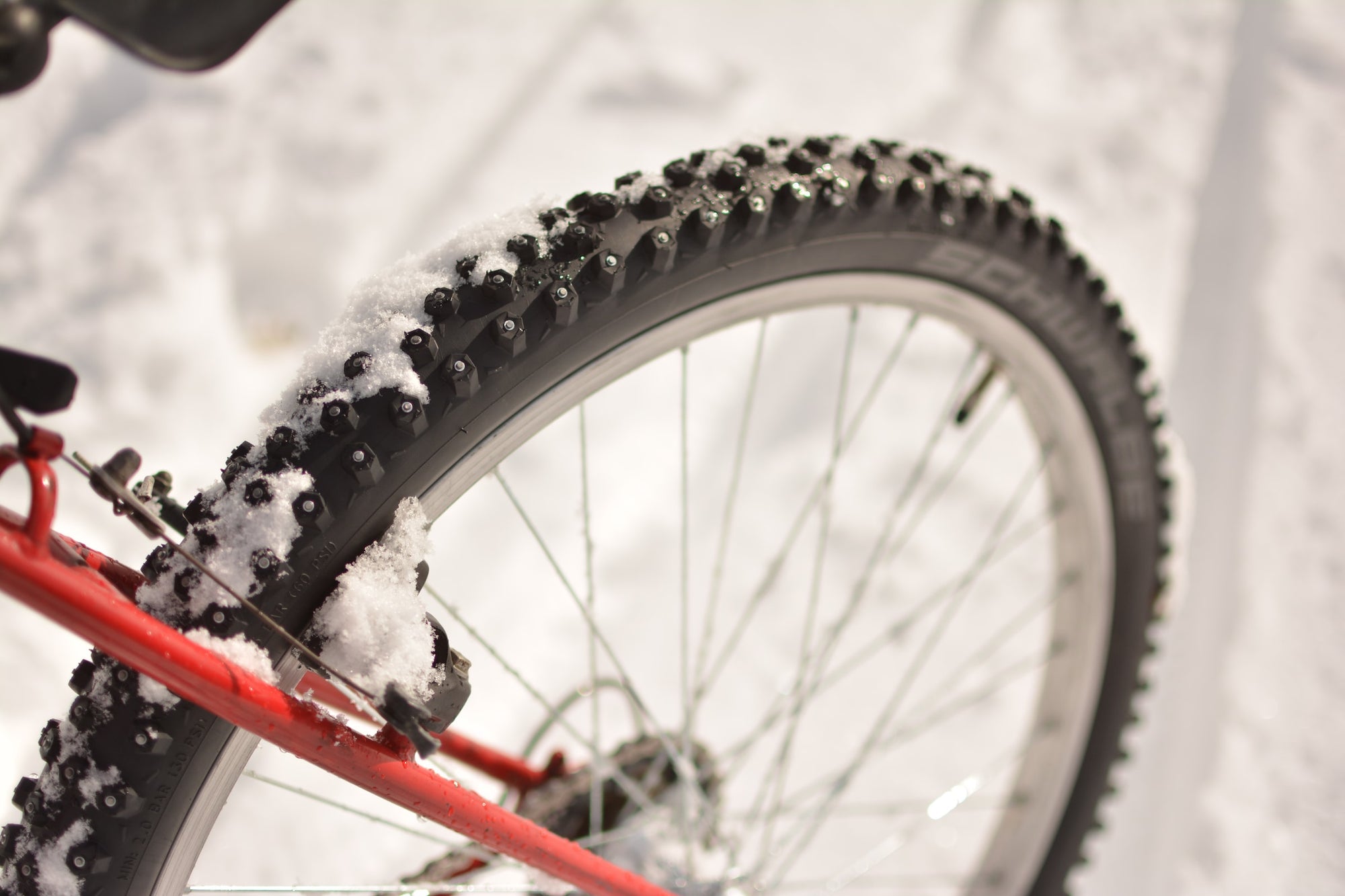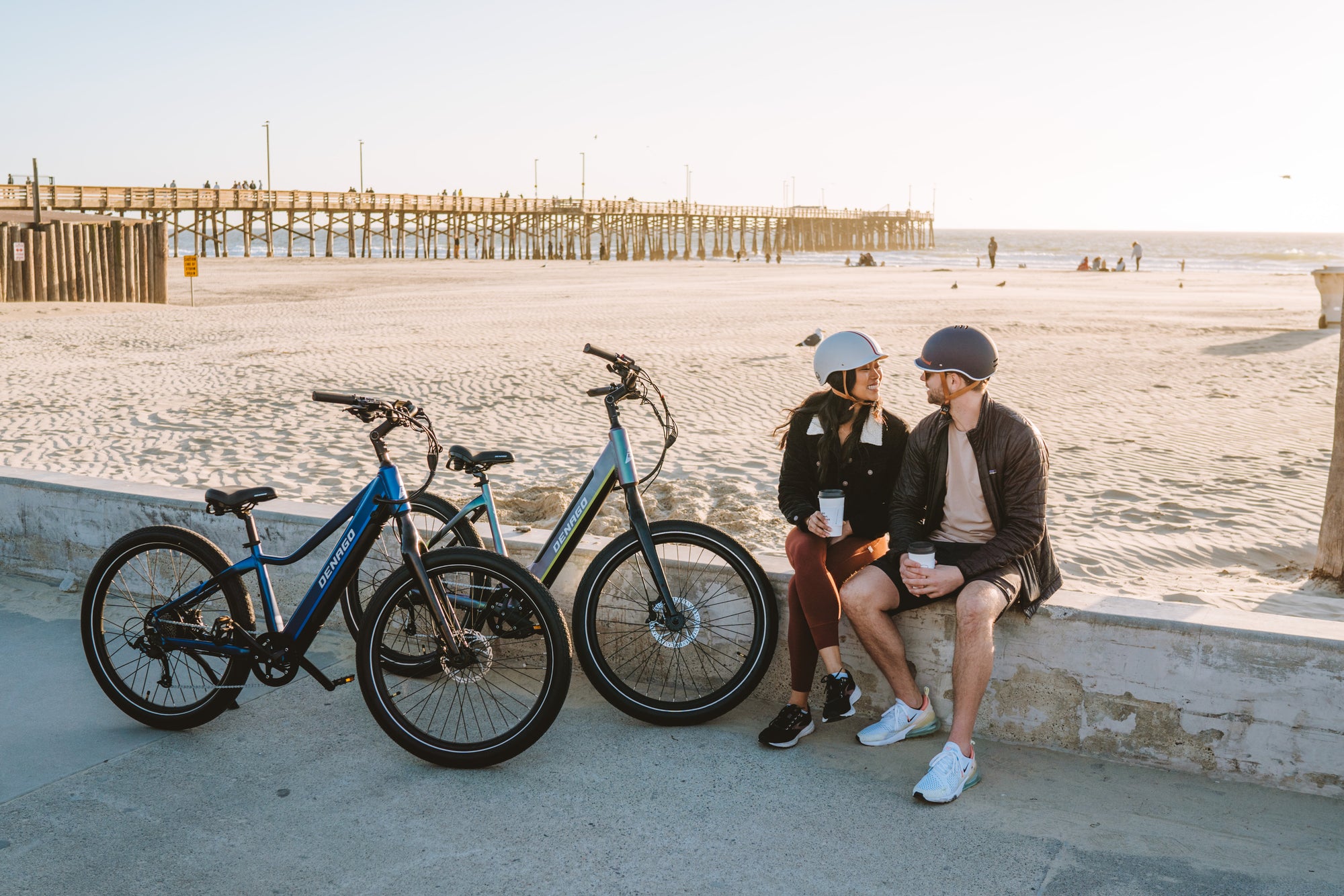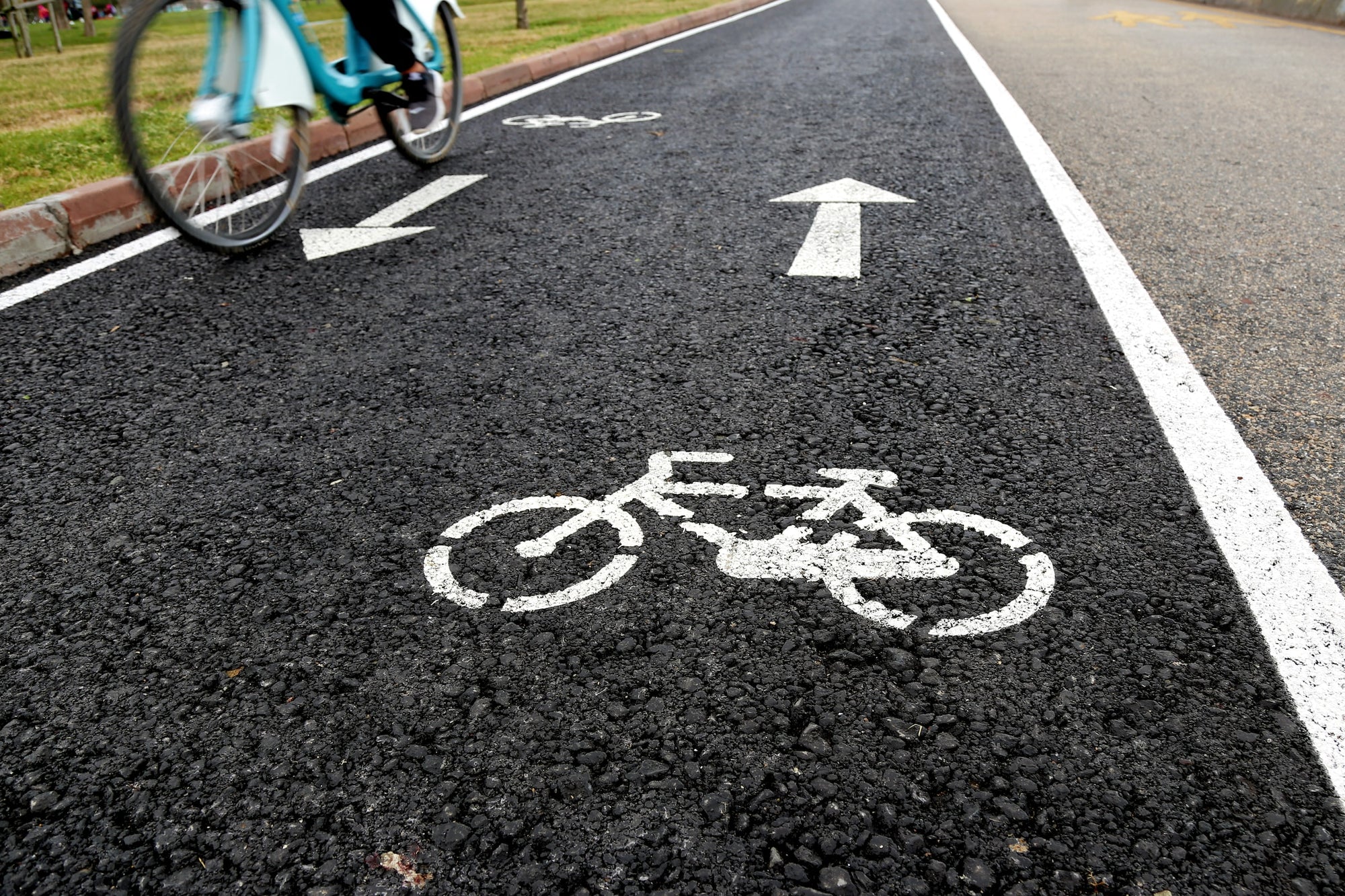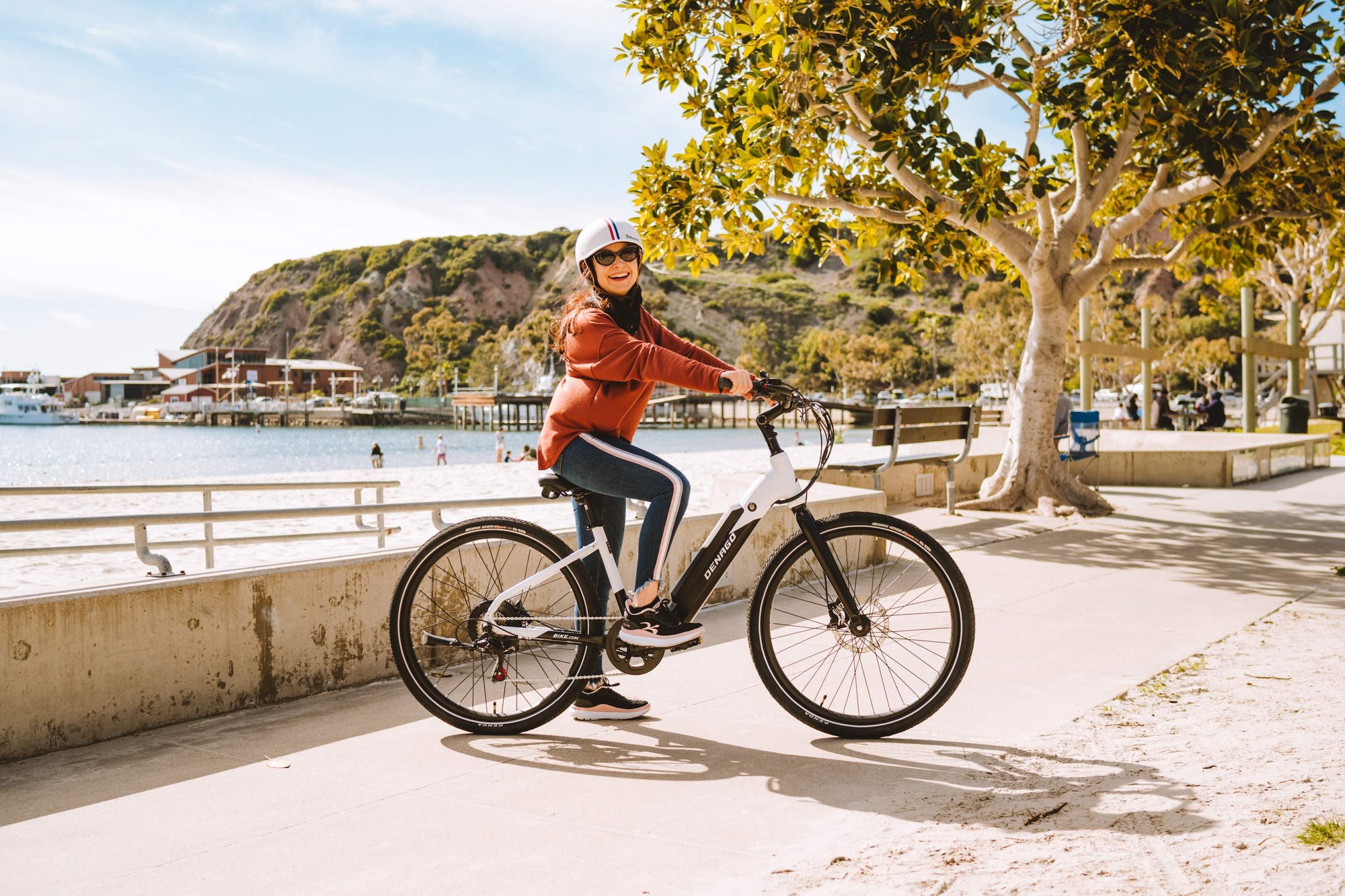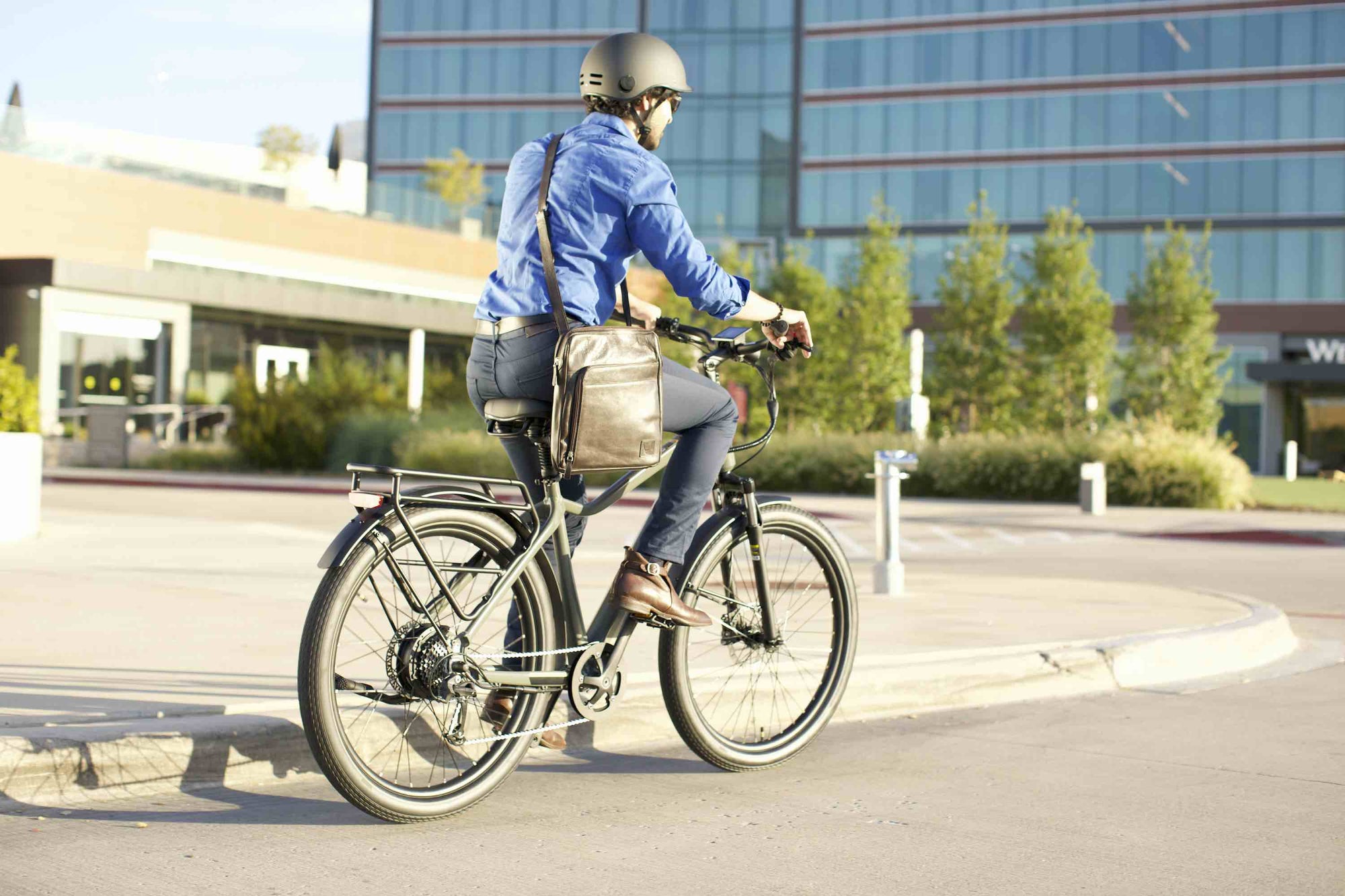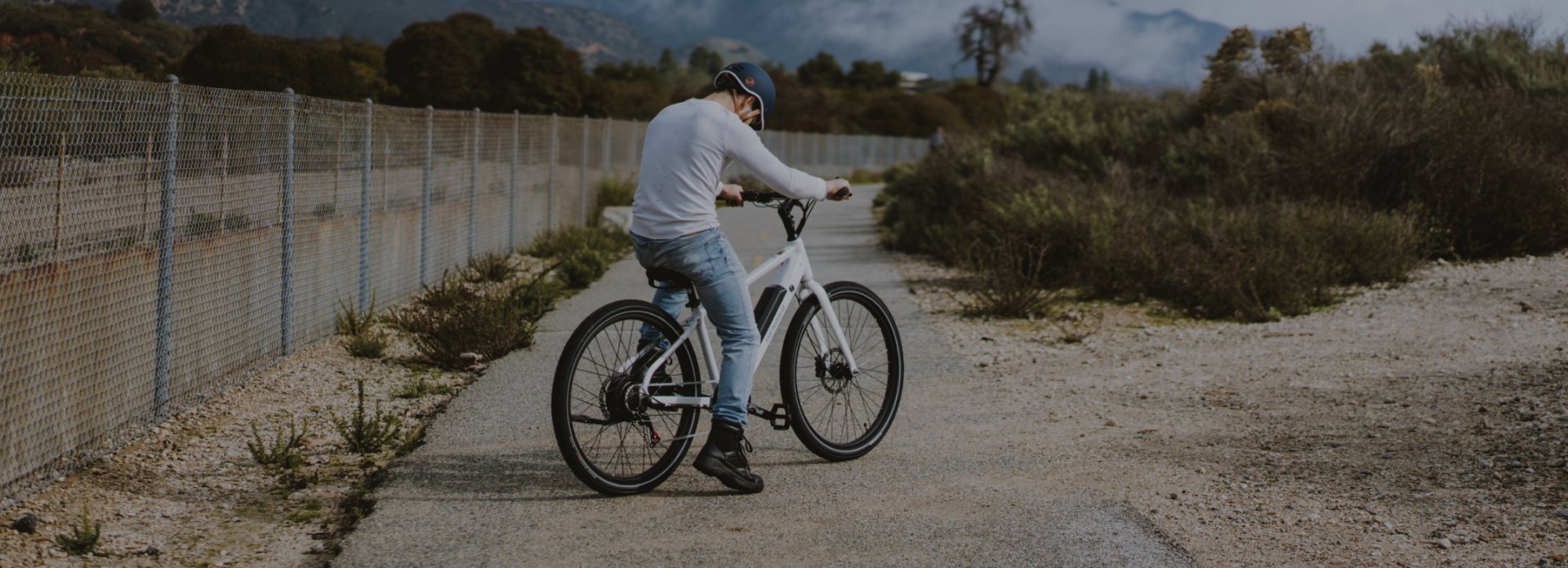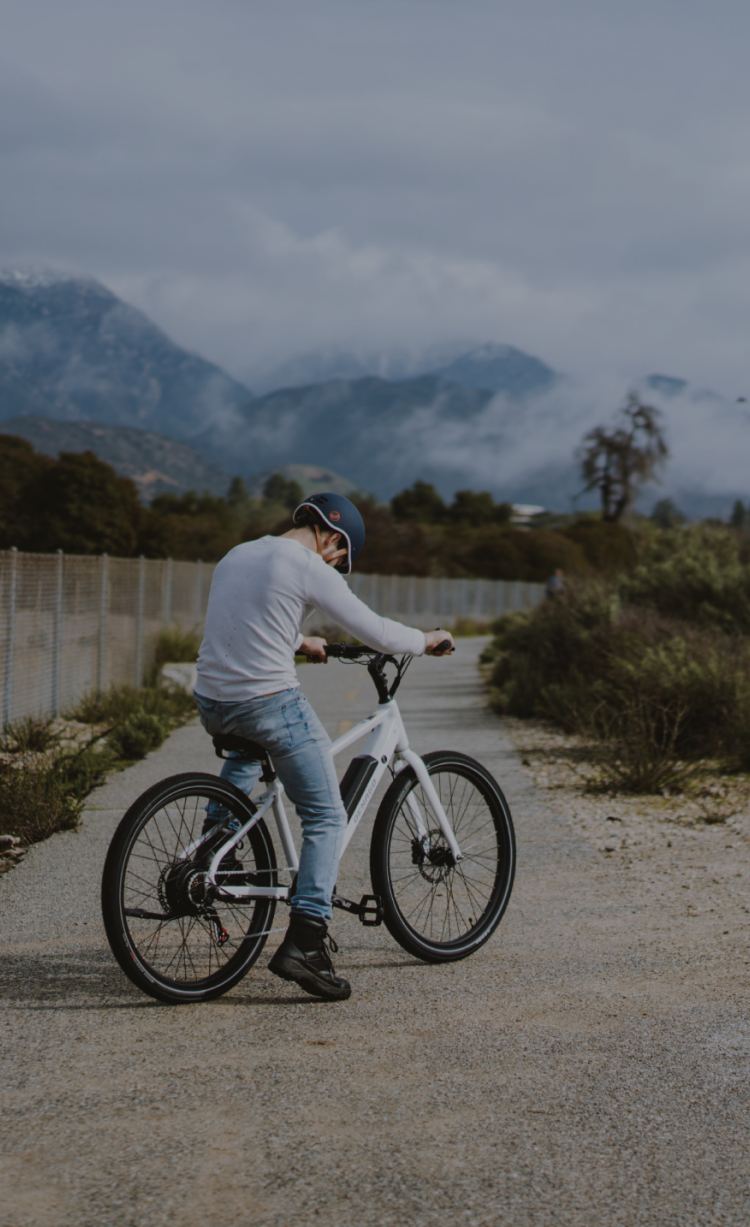Electric mountain bikes are a great way to adventure off road and experience beautiful natural areas. They are also a super fun way to get some exercise and enjoy the flow of the trail.
With all the fun of electric mountain bikes (or eMTBs) it is important to be aware of where you can and cannot ride them. Some trails are not open to eMTBs but in this article we will cover some tools on how to find the trails that are open to them.
Plus we will take a look at the different eMTB classes, trail etiquette, and how to treat the trails well. All right, let’s get into it!
Classes of Electric Bikes and Trail Access
Before you head out on a ride it is important to be aware of the classes of electric bikes and what classes are allowed in the area where you want to ride your eMTB.
Here is a breakdown of electric bike classes from model legislation from People for Bikes:
For all classes, the maximum power output is 750 watts (1 h.p.), and manufacturers and distributors of electric bicycles are required to apply a class identification label to each electric bicycle. The label must list the maximum speed and the motor power output.
Almost all eMTBs (electric mountain bikes) are Class I eBikes
When it comes to riding challenging off road trails and pathways (think singletrack, steep uphills, challenging descents, stream crossings, jumps) Class 1 electric mountain bikes are the most versatile because many of the riding areas will only allow Class 1 electric bikes and don't permit Class II or Class III models. The general idea is that Class 1 eMTBs are similar enough to the riding style of a conventional non-assisted mountain bike that they are allowed on more trail networks than Class 2 or 3 eBikes.
That's why Denago's eXC1 and eXC2 line of eMTBs are the Class I type. While Class 2 and 3 electric bikes can be great for city and dirt road riding their access to off-road trails can be limited. Class I eBikes have access to the most possible trail systems.
It's important to know that there are some “electric bikes” that are beyond the class system in power and speed. These are more like electric motorcycles (with cranks and pedals) that try to fit within the electric bicycle category and they are generally illegal to use in areas approved for electric bicycles. These are dangerous because they go too fast for a regular trail system and could cause harm to people using the trails. These electric motorcycles masquerading as electric bicycles also have the potential for all electric bicycles to be banned from trail and pathways if a land manager runs into too many issues with them. These electric motorcycle type vehicles are best suited to areas where off road motorcycles, ATV, and UTVs are allowed.
Not All Trails Are the Same
With electric mountain bikes being a relatively new category of trail user some land managers are still working on evaluating whether they will allow eMTBs on their trails. It’s important to note that because more and more trail networks may soon be open to Class 1 electric mountain bikes as land managers become more familiar with them and how they are similar to non-assisted mountain bikes.
In the meantime don’t be discouraged if some trails in your area are currently closed to Class 1 electric mountain bikes, it may not always be that way. So with that in mind, let’s talk about finding trails and off road routes open to riding your electric mountain bike.
Finding Trails and Off Road Routes
There are a number of websites and smartphone applications that provide trail information for mountain bikes these days. And many of these have a filter so that you can select “electric mountain bike” or “eBike” to see what trails allow eMTBs.
Many of these have good information on the trails like the trail type, distance, the elevation profile, difficulty of the trail, popularity, directionality, user reviews & pictures/videos, current trail conditions, current status, if dogs are allowed, and other trails to connect with.
Trailforks is a website and smartphone application that provides a great database of places to ride and they probably have the most comprehensive list but they do charge for the smartphone application. They do give you a limited area for free though (as of the time of this article).
Mountain Bike Project is similar to Trailforks and it is a free website and smartphone application. The trail database isn’t quite as comprehensive as Trailforks (at the time of this article).
People for Bikes also has a database of eMTB trails and routes that they have been building. And you can submit your own eMTB approved routes too.
Forest roads, dirt roads, and gravel roads that allow vehicle traffic are generally all open to electric mountain bikes. These can offer fun ways of getting out into nature and seeing new sites all while being pretty easy going. There are a number of smartphone topo map apps that can give you a good idea of roads to ride and loops to make in your area. It’s a good idea to get one of these with an offline mode so you can still access the maps and your location in areas where you may not have cell service.
Another option is to check with ski areas to see if they allow electric mountain bikes on their trail networks. Some ski areas have vast mountain bike trails that can be a great fit for an eMTB with challenging climbs and fun descents. Plus, some ski areas have other fun activities like alpine slides, disc golf, scenic chair lift or gondola rides, and hiking along with food and drink options. A summer ski area vacation can be a good fit for a family with many different interests.
Local bike shops that specialize in electric bikes are likely to have knowledge about nearby riding areas and can provide recommendations based on your skill level and preferences. They may also have maps or guidebooks available for purchase or reference.
Similarly a local bike club may have information on good places to ride electric mountain bikes. They may have an online forum with eMTB specific trail info.
Friendly Riding Etiquette
Since trails are often narrow and there can be many different users (hikers, equestrians, other bikers) it is good to be aware of the rules of the trail and general friendly trail etiquette. These rules apply whether you're riding a traditional "analog" bicycle or a modern eBike, but you should pay special attention to them when you're riding an eBike:
- First of all, bike riders yield to hikers and equestrians (horses). Give them plenty of notice as you approach and stop and move off the trail to give them right of way. If a hiker gets off the trail for you, go by them slowly and thank them for their courtesy.
- For horses, it is important to talk to the rider of the horse so that the horse understands you are another human. The horse may be concerned with bike riders because with the bike and all the gear (helmet, sunglasses, pack, etc.) we can look a little strange! Give horses plenty of space. You may wish to specifically ask the rider if it's OK to pass their horse before doing so. On narrow trails when you approach a horse coming from the opposite direction, it's common to pull off the trail and dismount your bike until the horse has passed.
- When you pass other bike riders there is riding etiquette to be aware of. In general, descending riders yield to uphill riders by moving off the trail to give climbing riders the right of way. If you are traveling in the same direction and want to pass another rider, give them a good bit of notification that you will be passing and wait for a good spot where they can move to the side to let you pass.
- Some trails are directional and are designed for one-way traffic. Occasionally you'll come across trail systems that rotate, based on the day of the week, i.e. "ride clockwise on Monday, Wednesday, and Friday, ride counter-clockwise on Tuesday, Thursday, Saturday, and Sunday". Make a note of any special trail instructions and follow them carefully to avoid head-on collisions on one way trail systems.
- When you pass hikers, equestrians, or other bike riders let them know how many others are in your group so they know how many other bikers to expect. In some popular trail areas there may be a bunch of other hikers, equestrians, and bikers so riding slow and relaxing is the best way to go. A bell is a polite and inexpensive way to let other trail users know you're approaching.
- If you come across another rider with a mechanical issue or injury, make sure you check to see if they need any help. Maybe they could use a tool to get back on their ride. If they are injured, they may need a first aid kit or help with notifying someone for medical care.
- Most of all have fun on your bike out in nature and share that fun by being friendly with other people enjoying the trails! Common courtesy goes a long way.
Treat the Trails Well
Similar to other trail user etiquette, there is etiquette for treating the trails well too.
One of the first rules of thumb is to not ride trails when they are muddy. This can damage the trail surface by creating ruts and widen the trail as people ride around mud puddles.
The next rule of thumb is to avoid skidding on the trails because this also causes trail damage and it can kick up dust that is not good for other trail users. Skidding creates erosion, which ultimately leads to damaged trails. If you can't help but skid because of the terrain, it might be too challenging for your skill level. If you can't ride without skidding, walk. Come back later when your skills have had a chance to improve to try again.
As you are riding you may come across an obstacle like tree branches (or whole trees), rocks, etc. that may have fallen into the trail. If the obstacle is easily moveable then consider taking the time to clear the trail for yourself and other trail users.
Enjoy the Adventure!
Riding an electric mountain bike is a ton of fun with the ability to get out into nature, explore new areas, take in the views, get some exercise and enjoy the flow of the trails.
Have fun exploring the eMTB ride options in your area and places you want to visit.
Ride on!
-Pete



